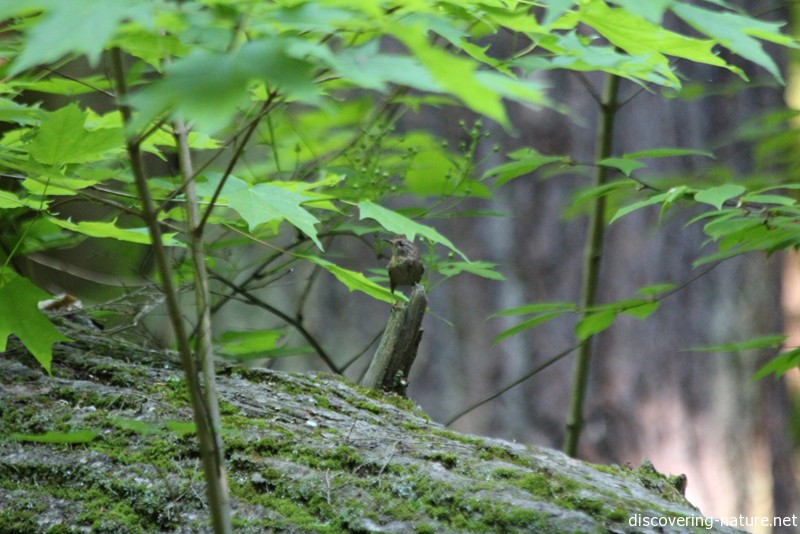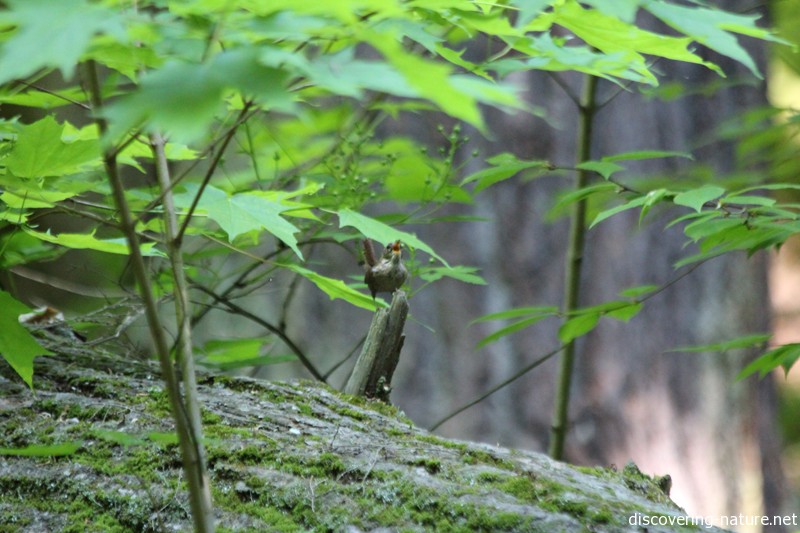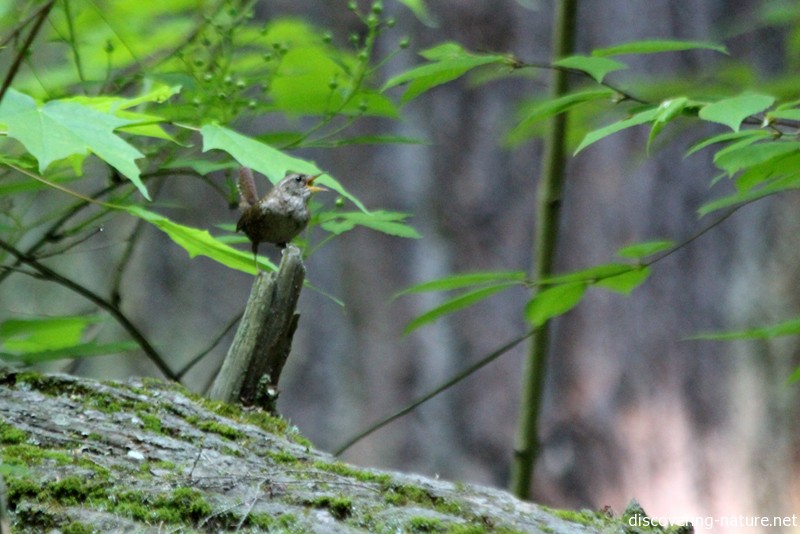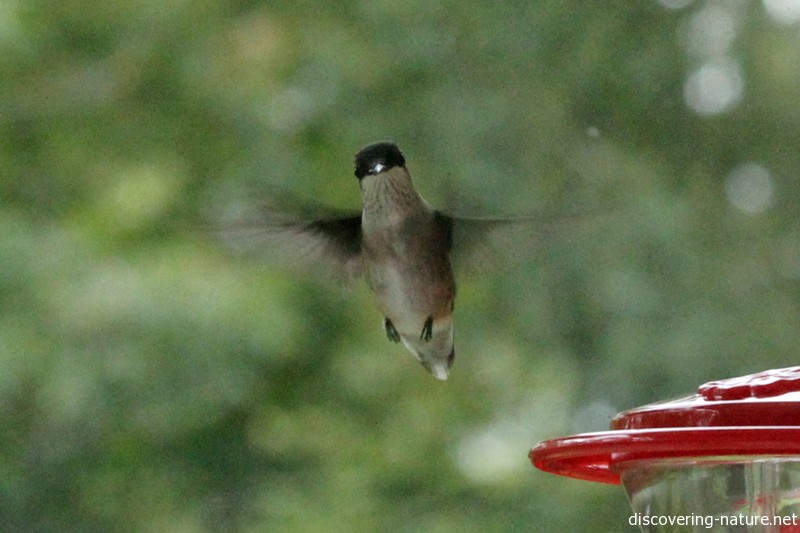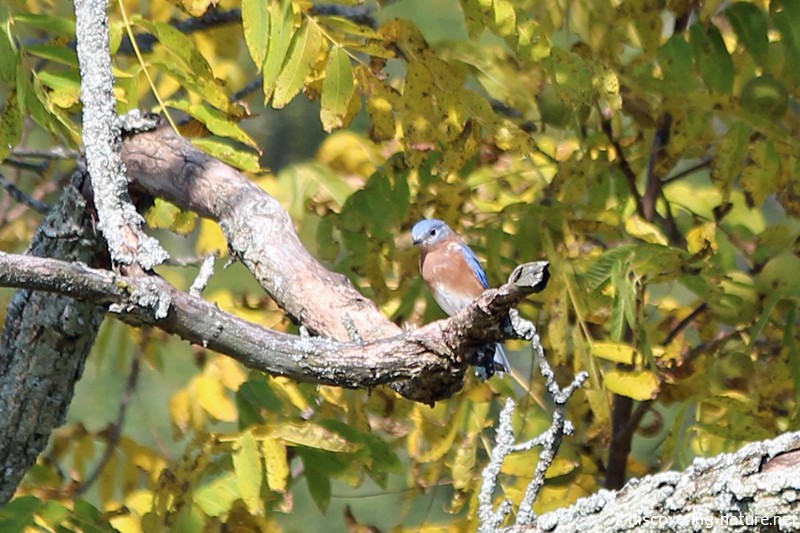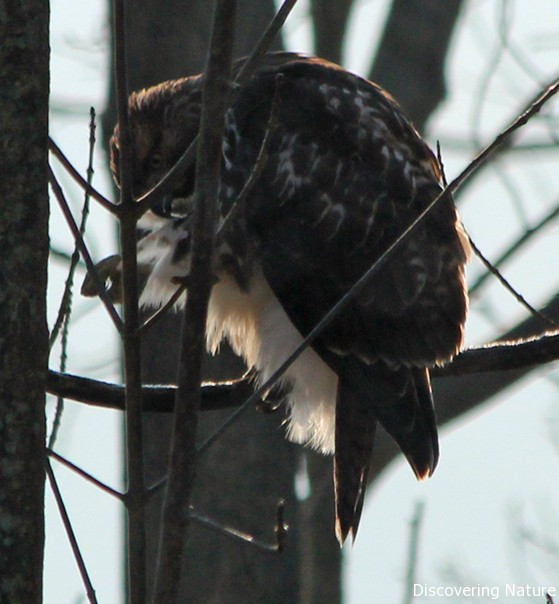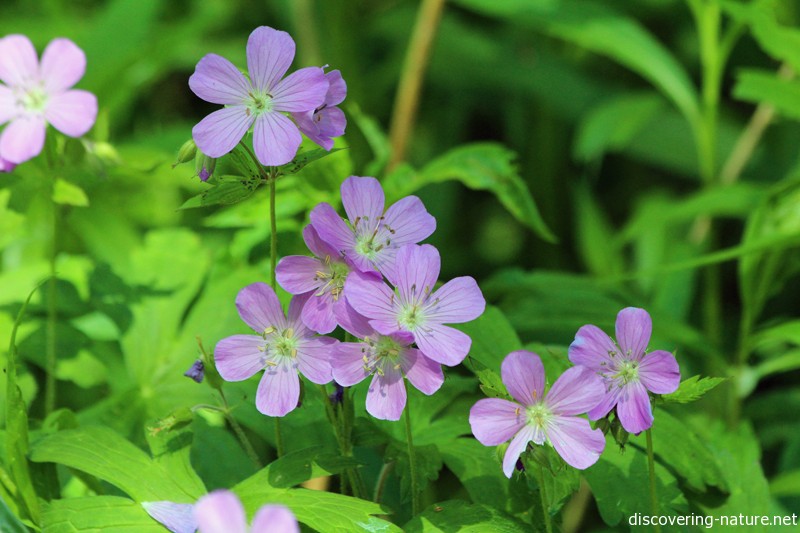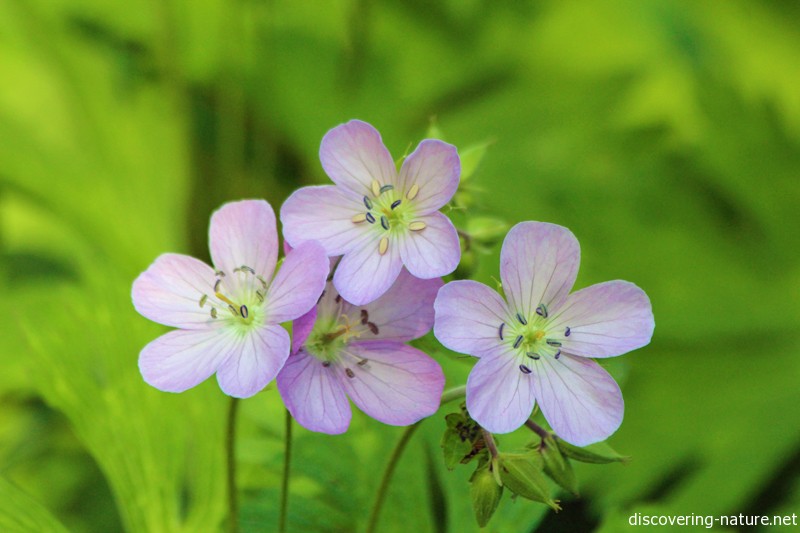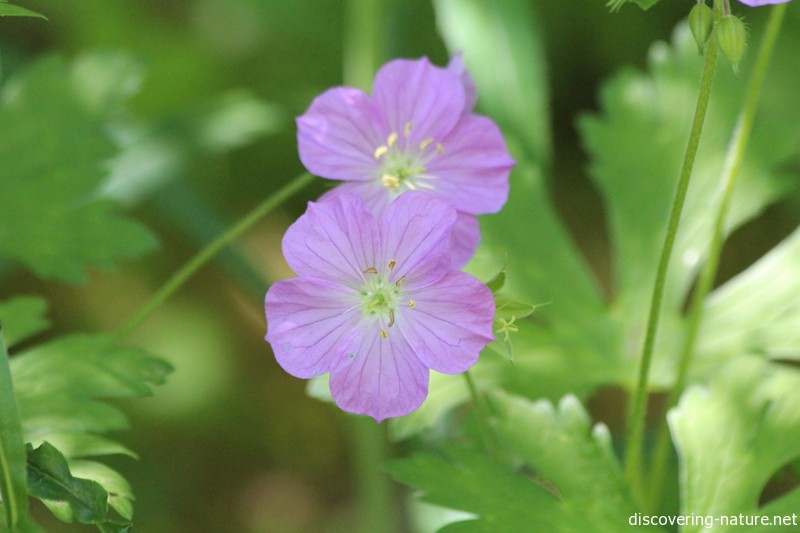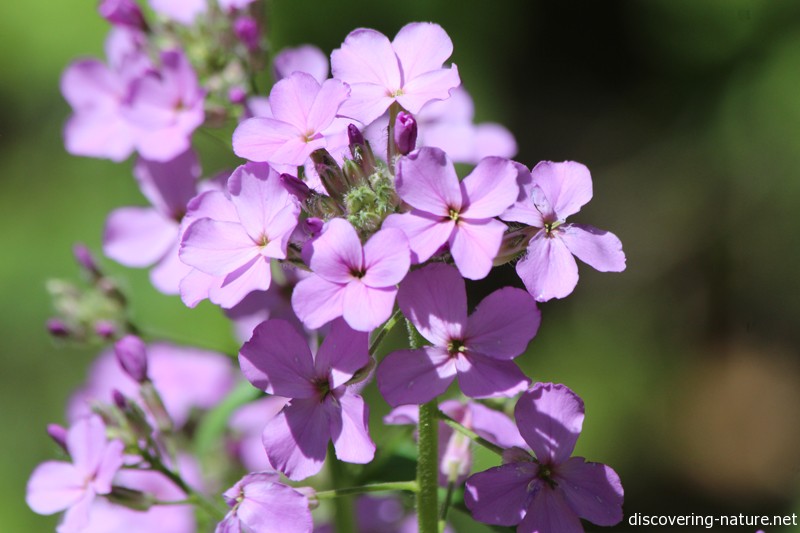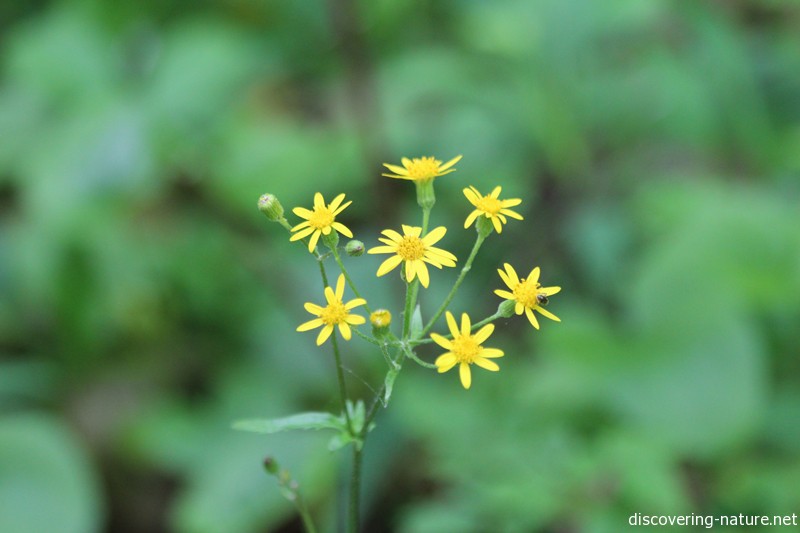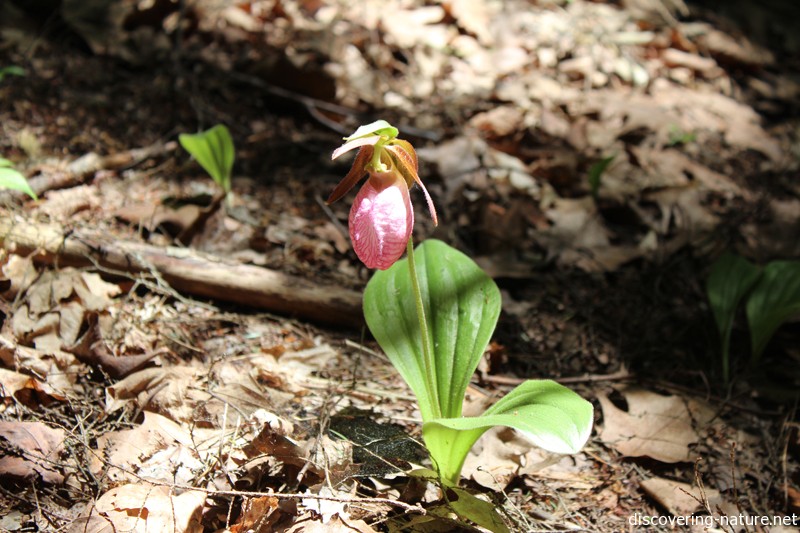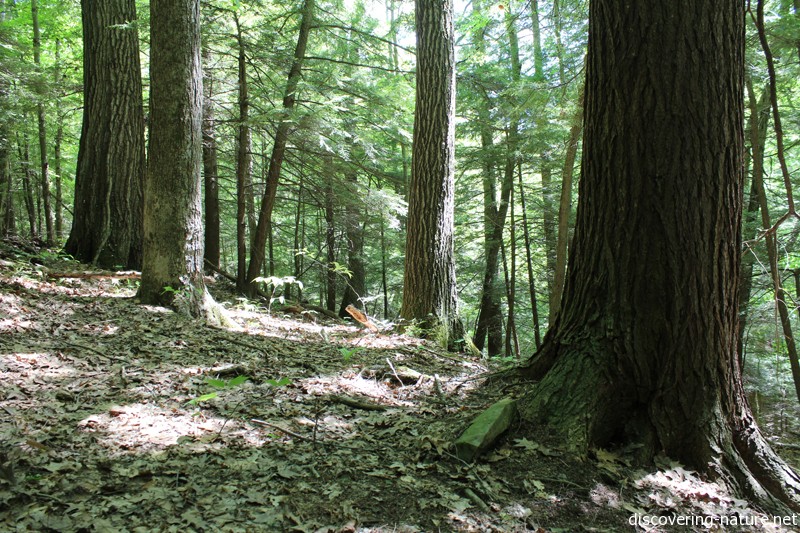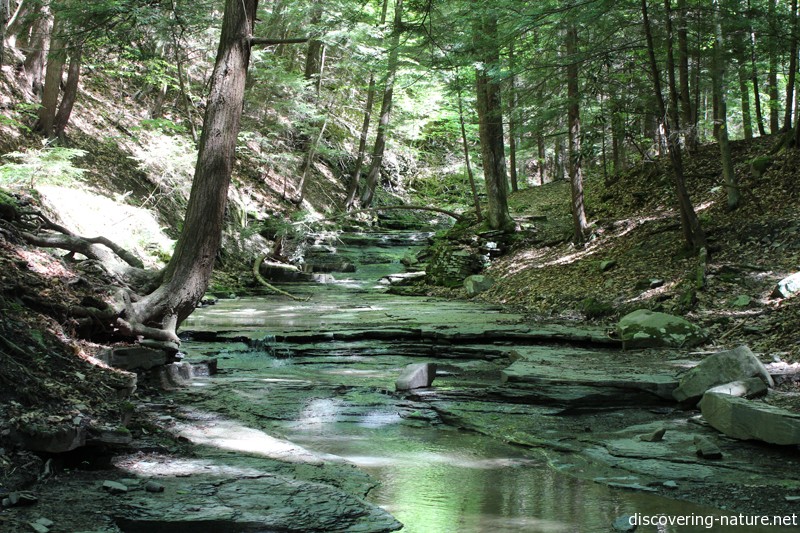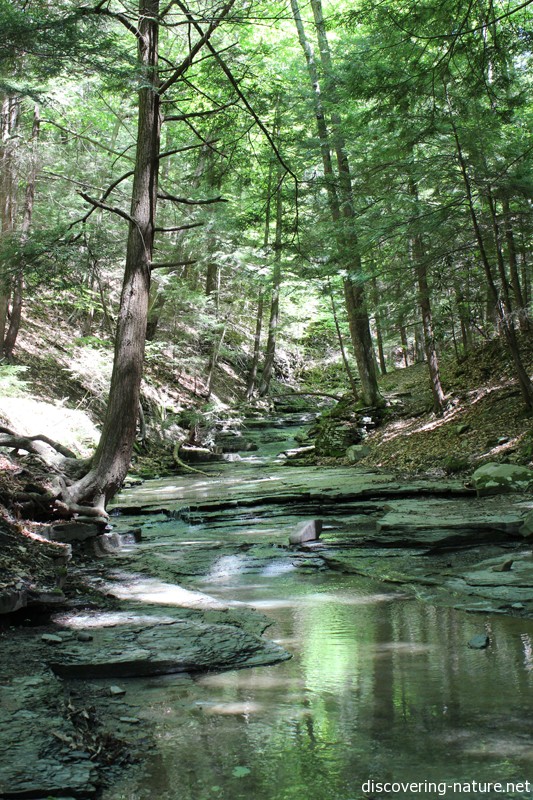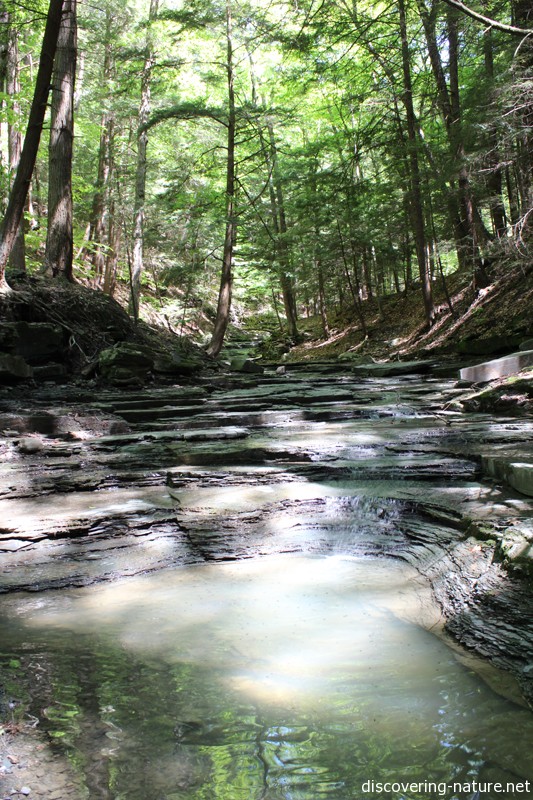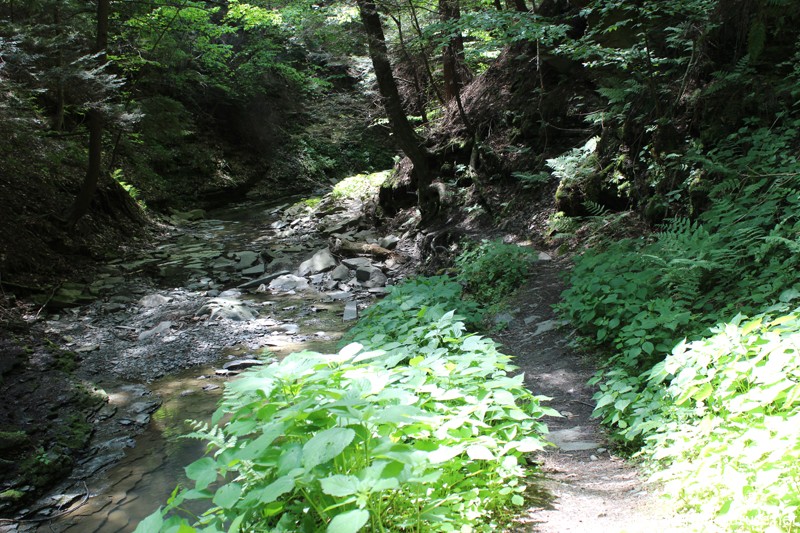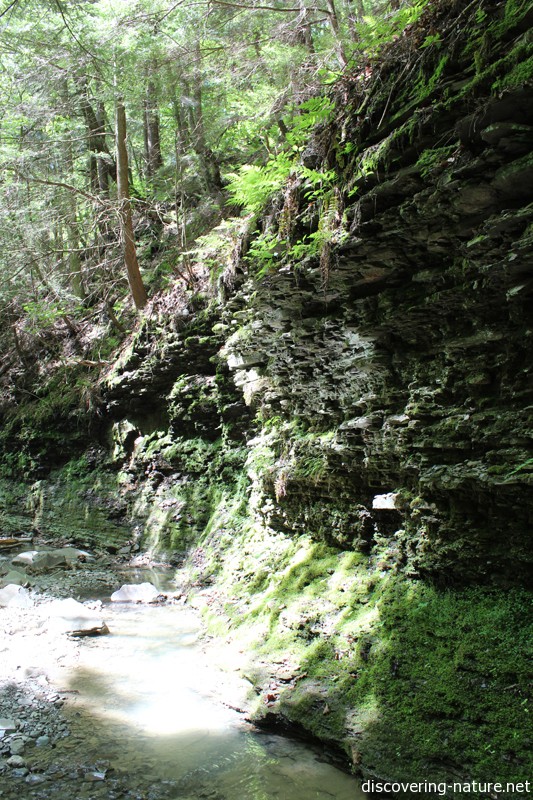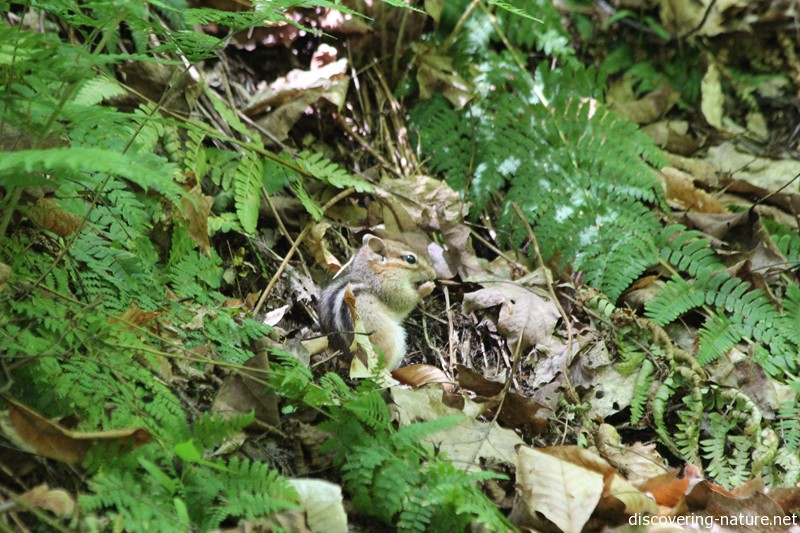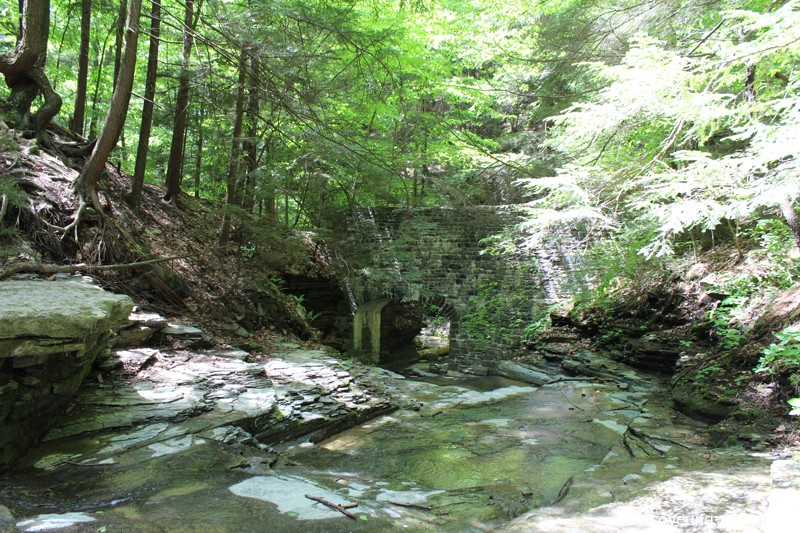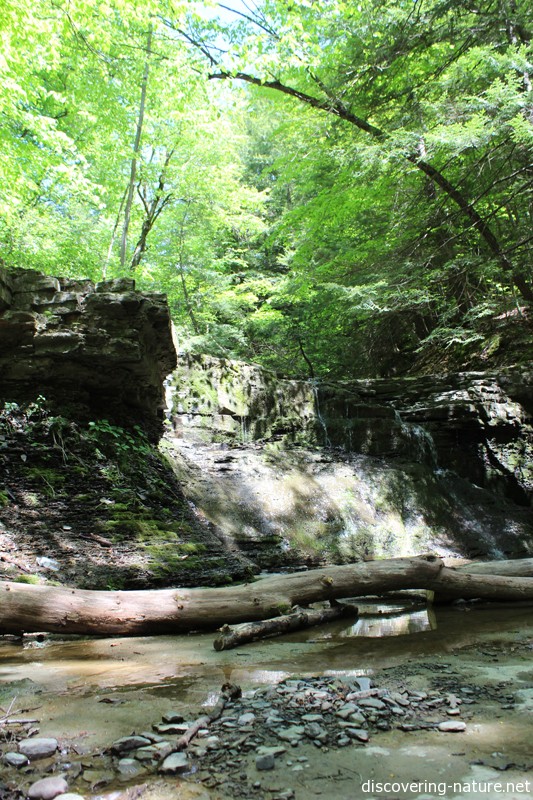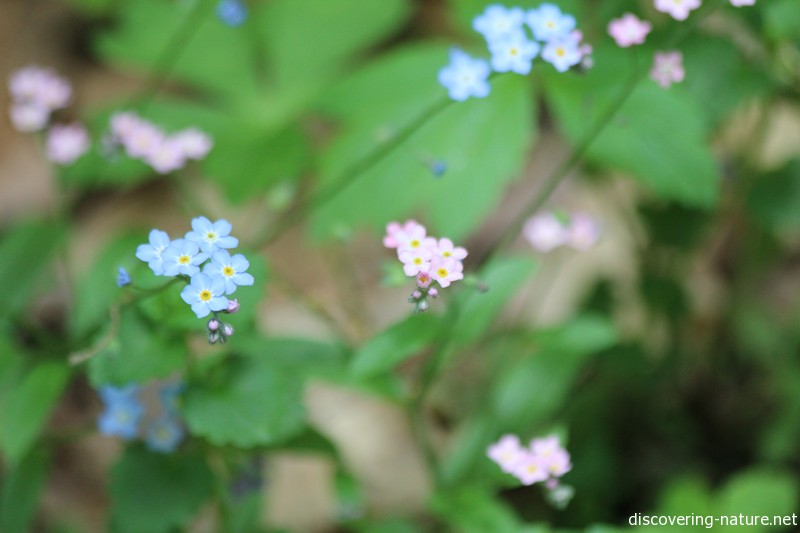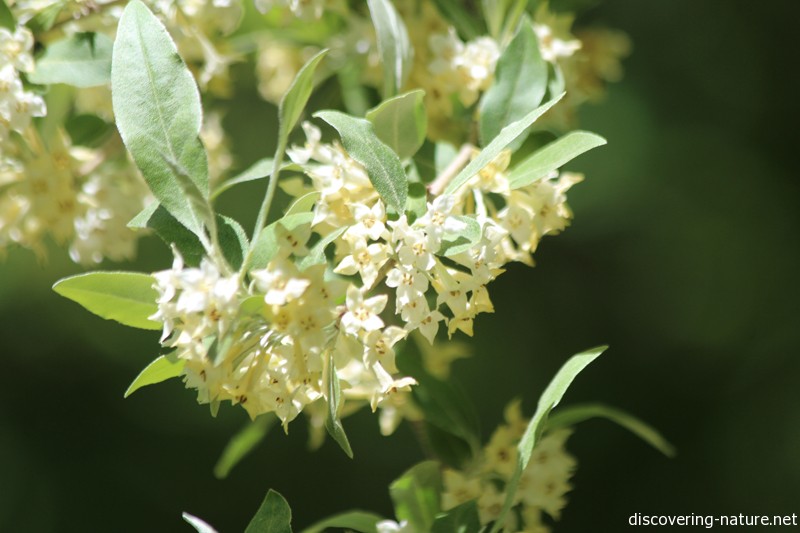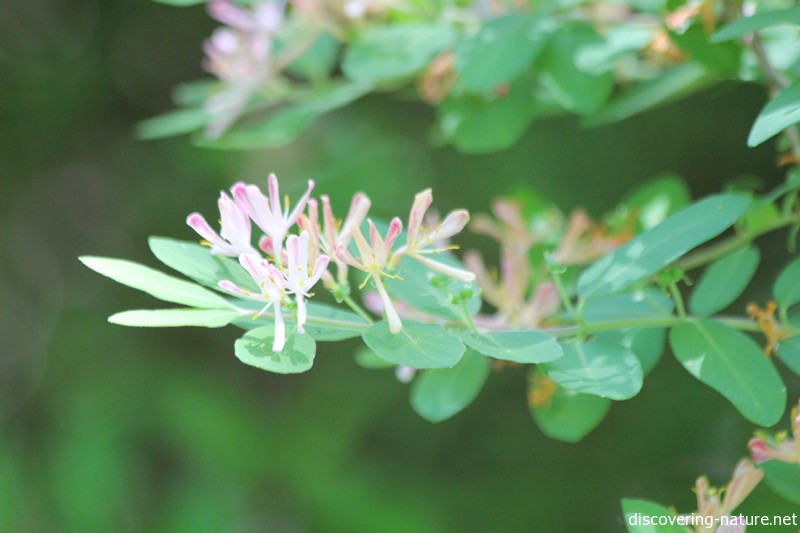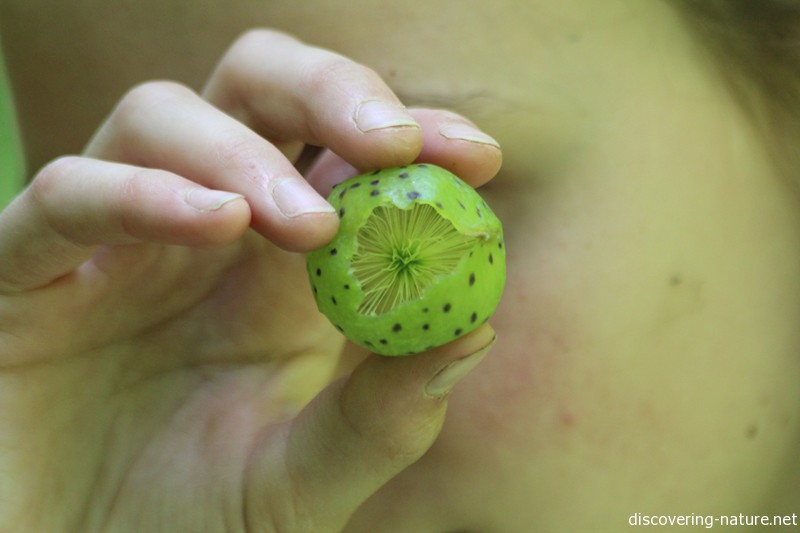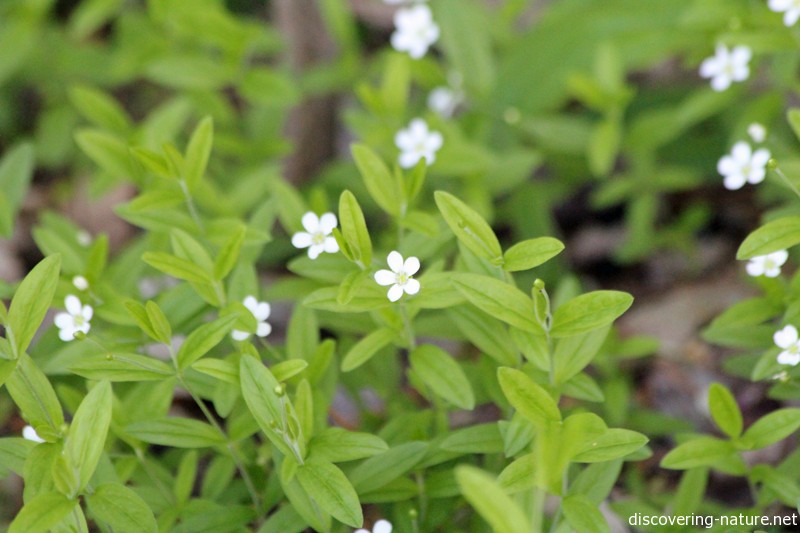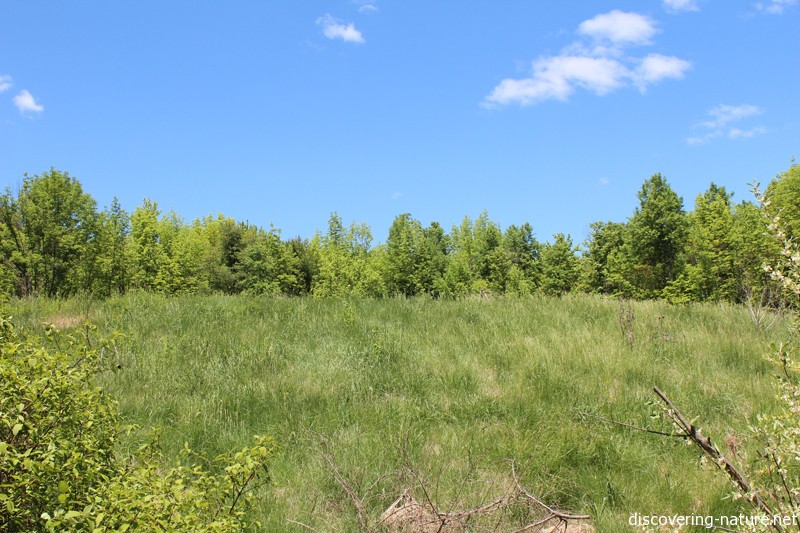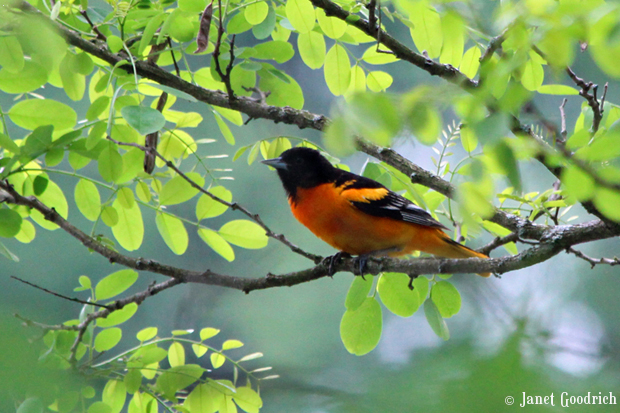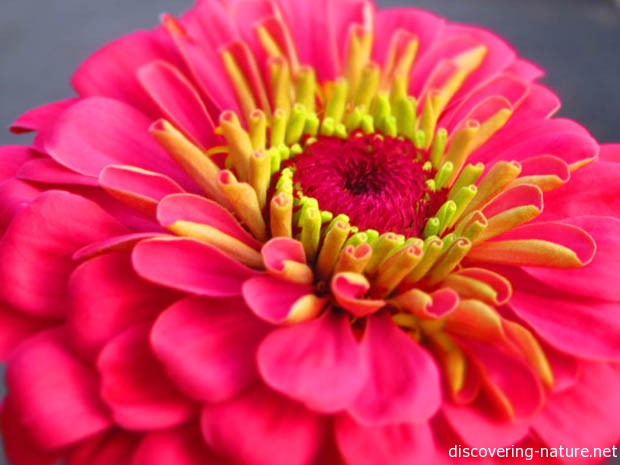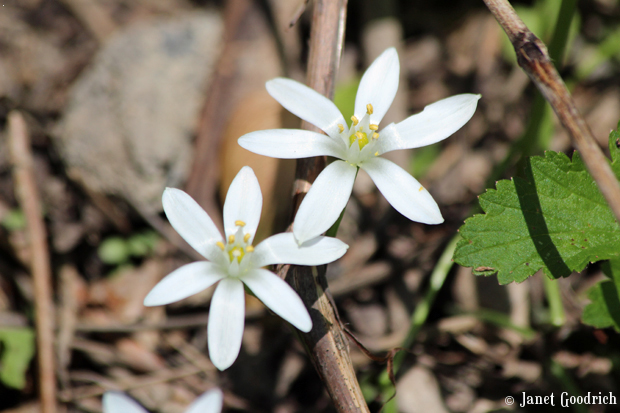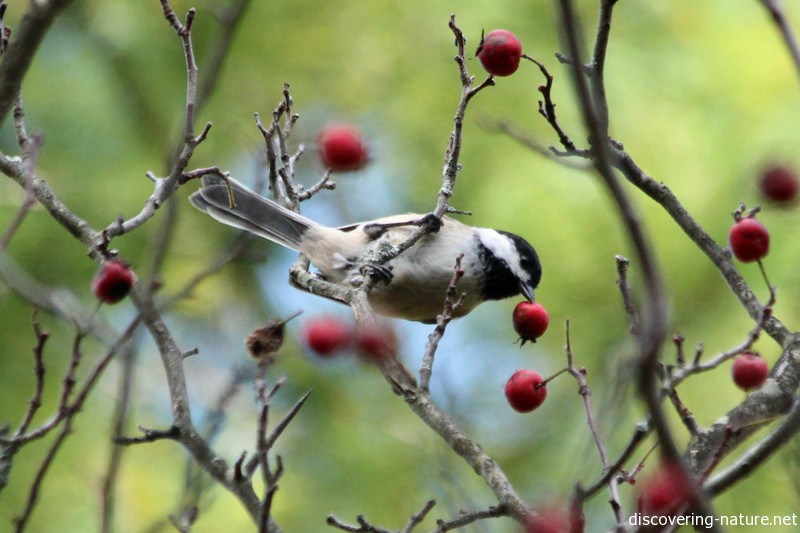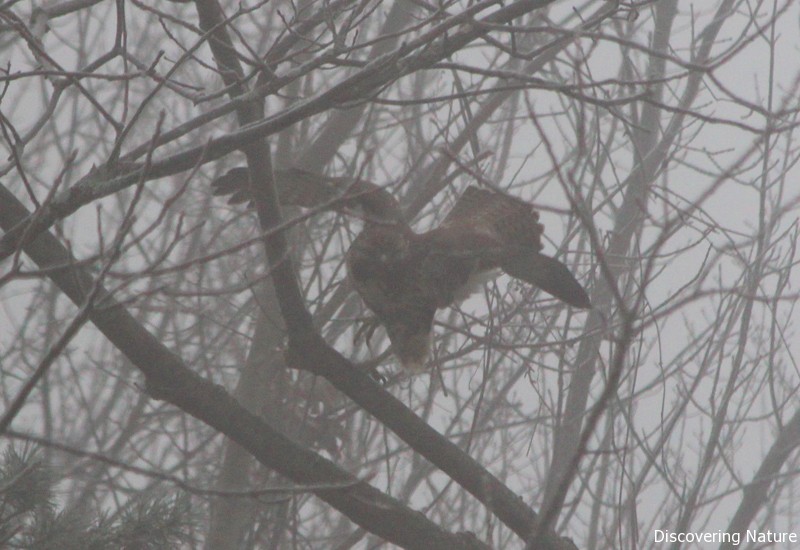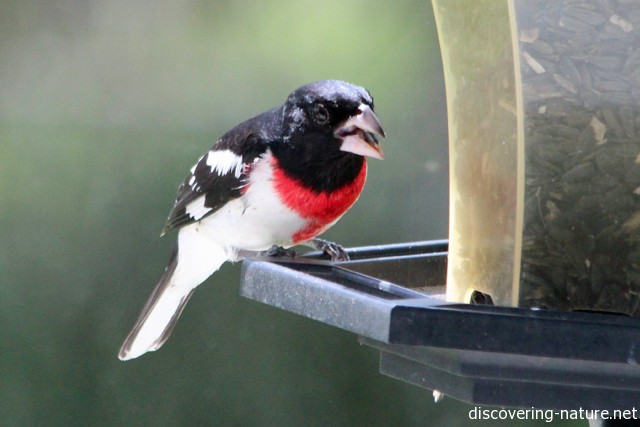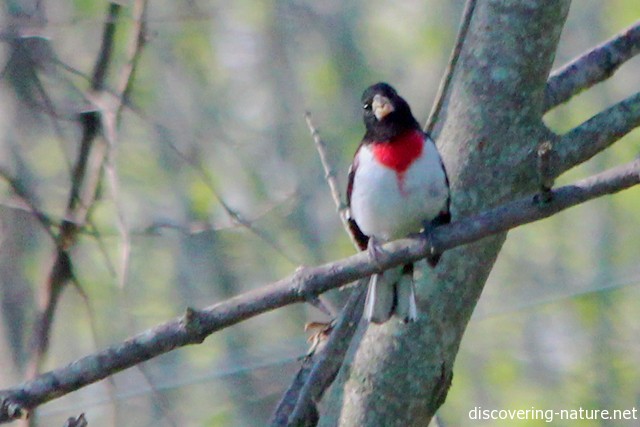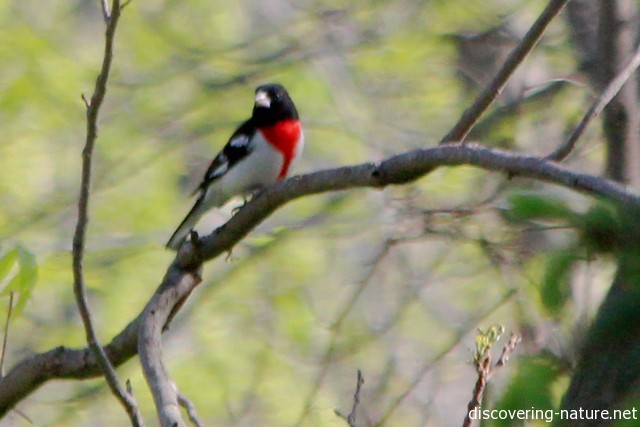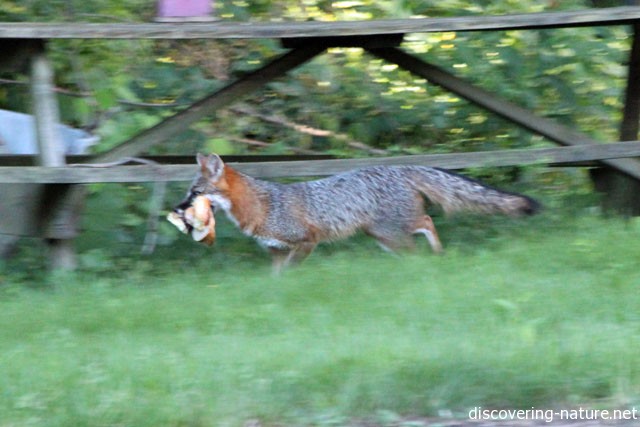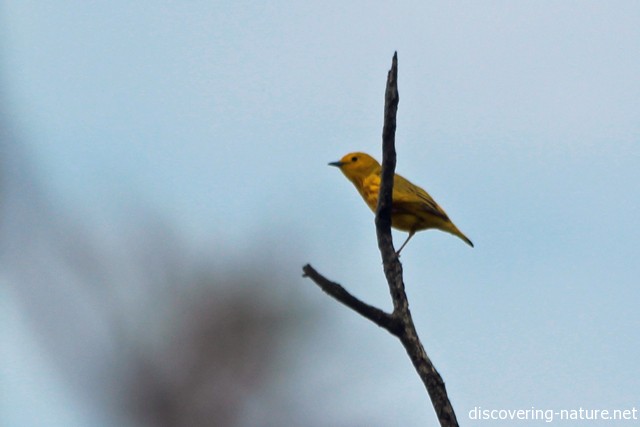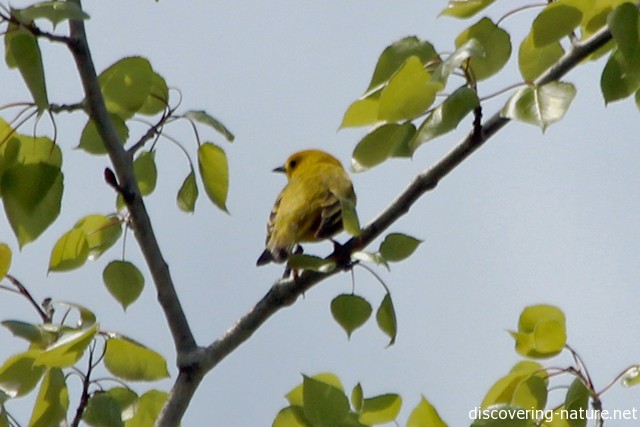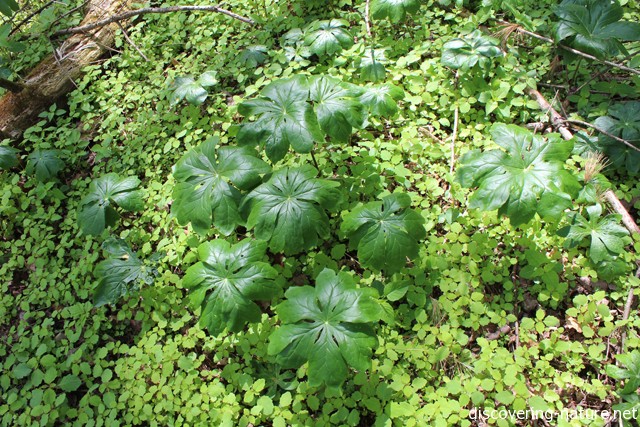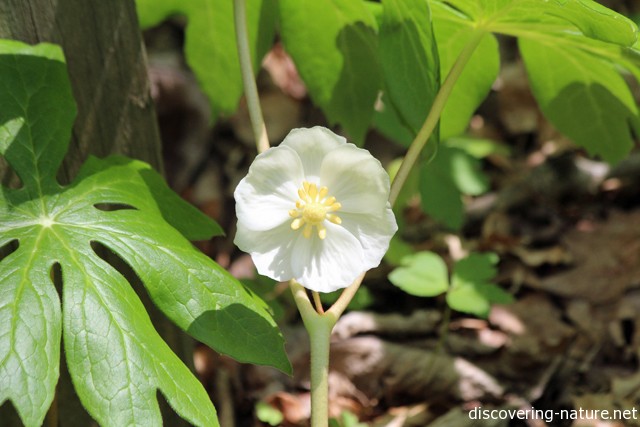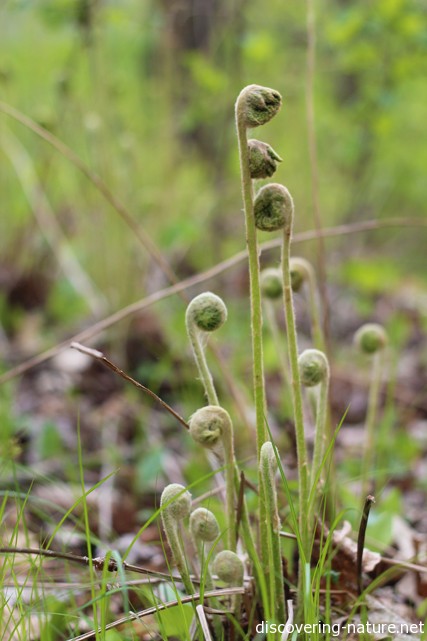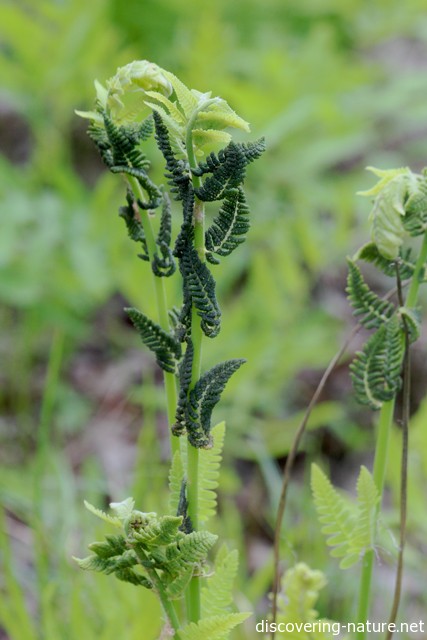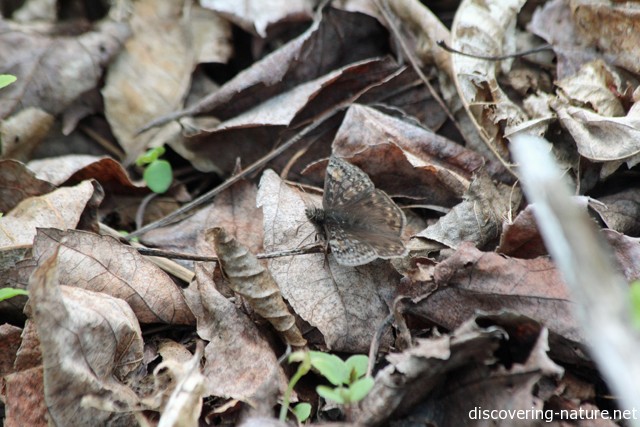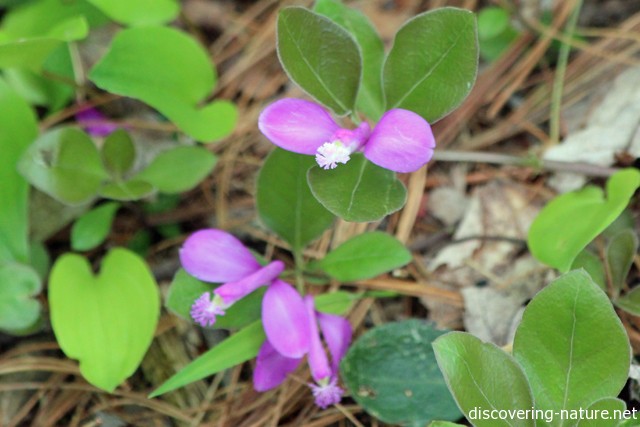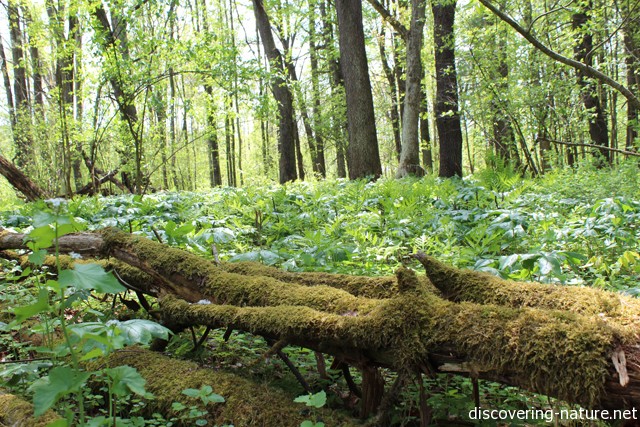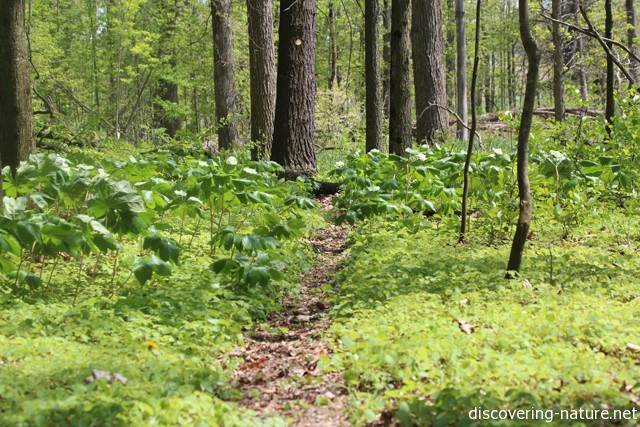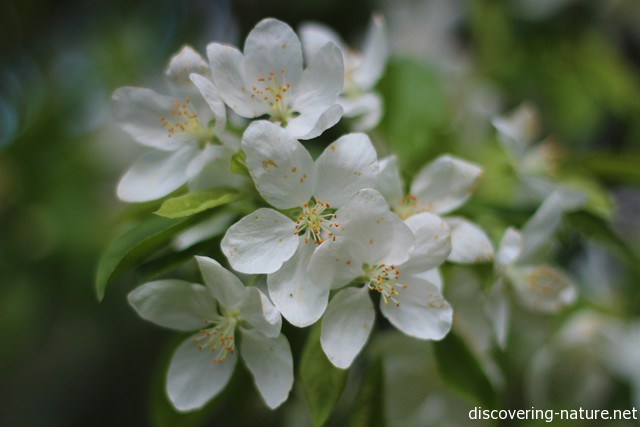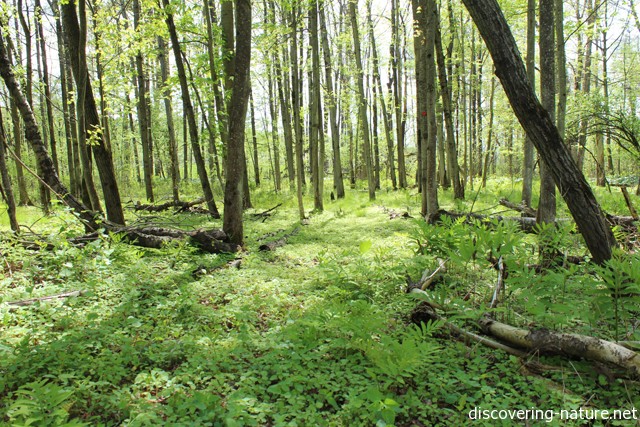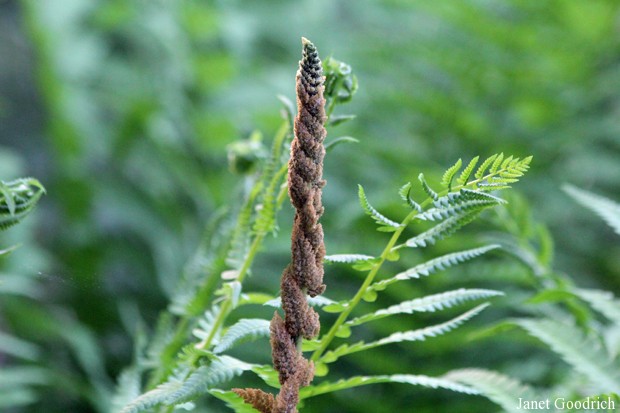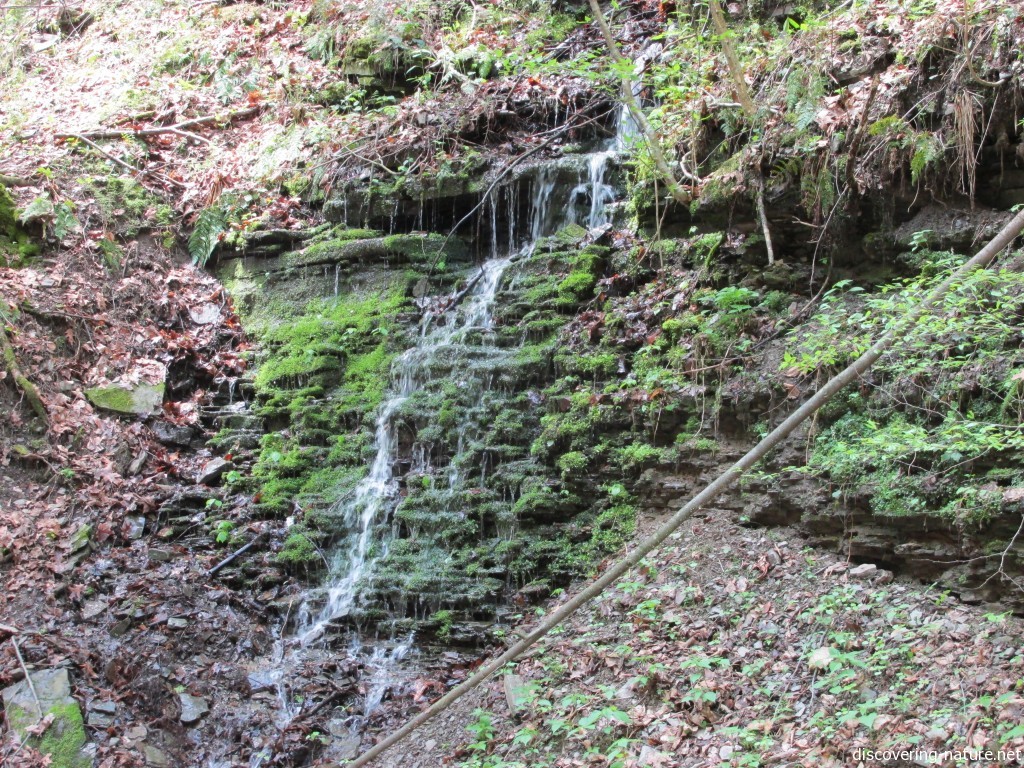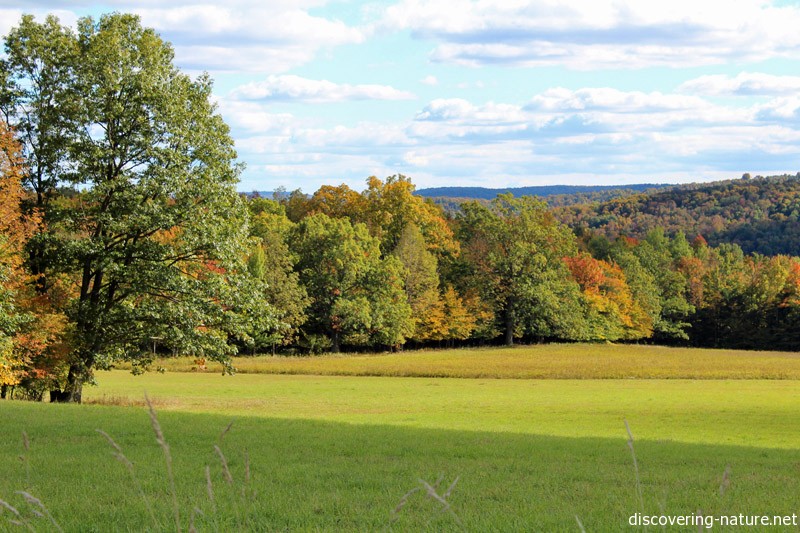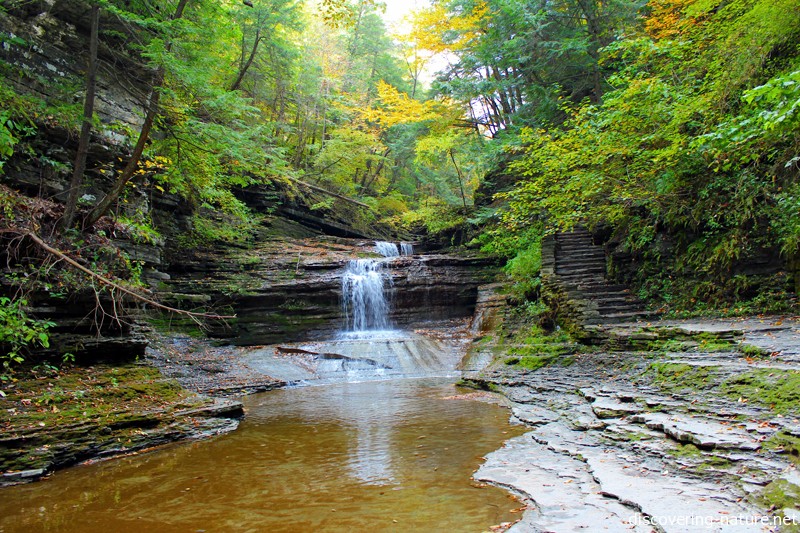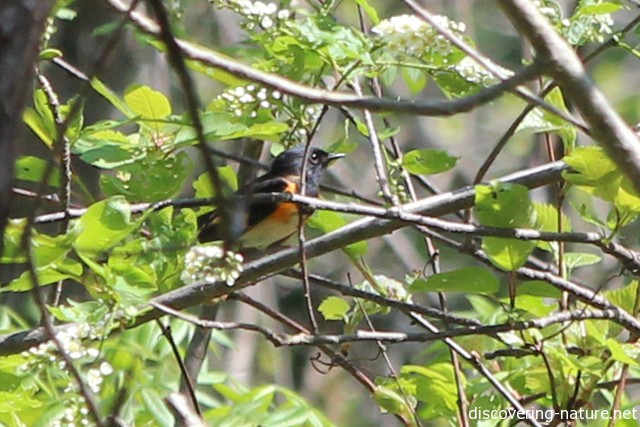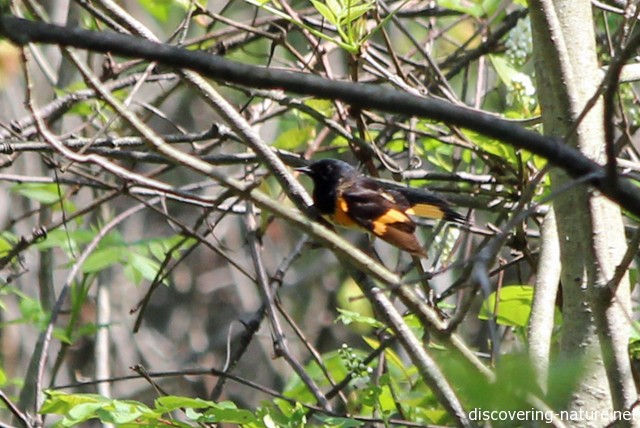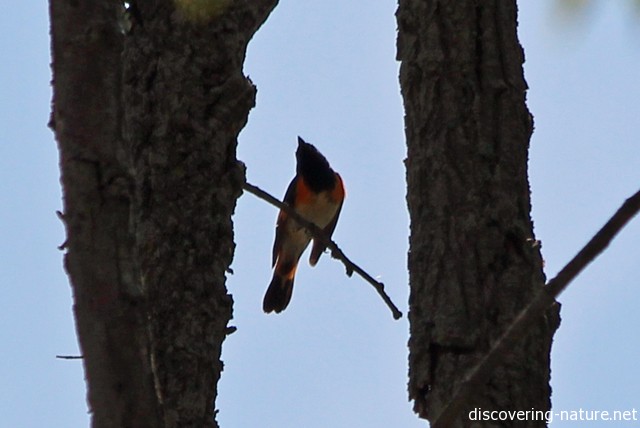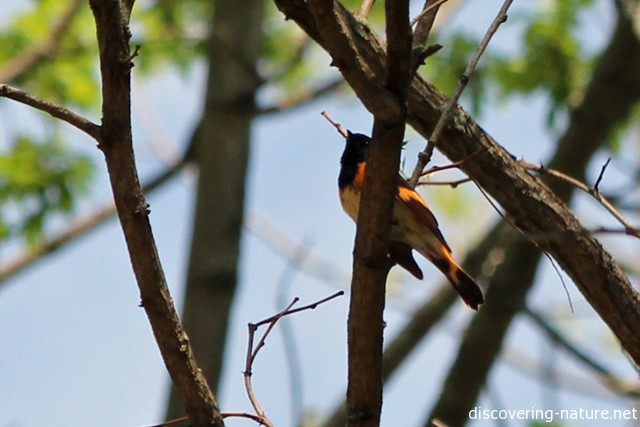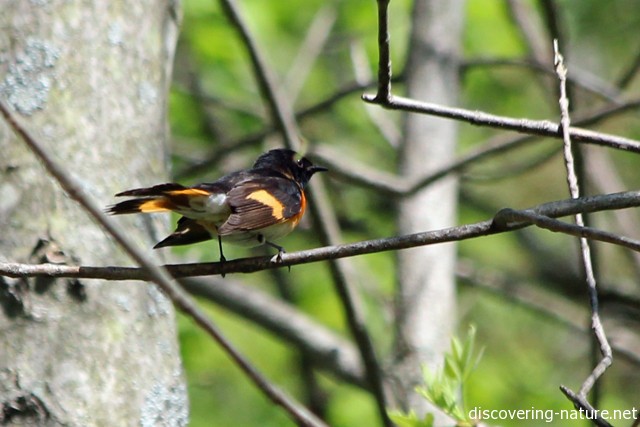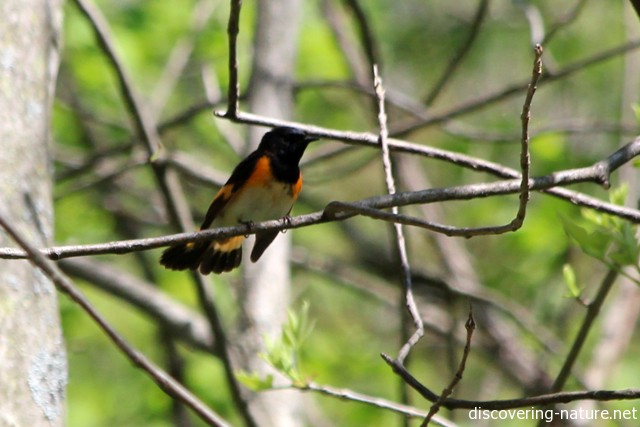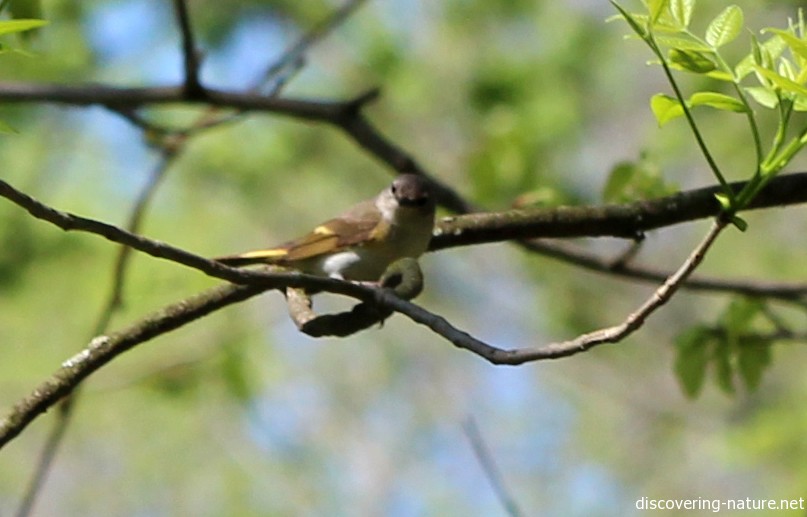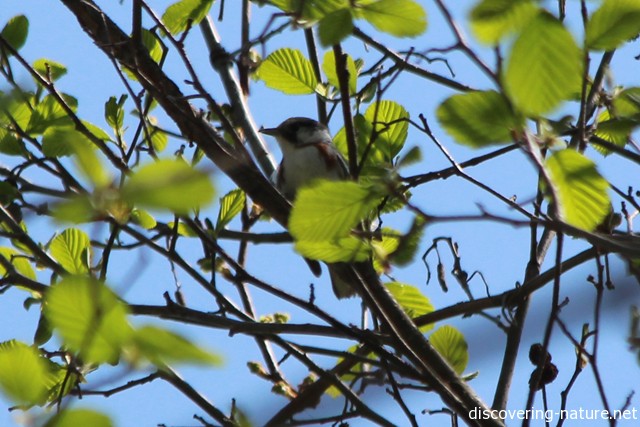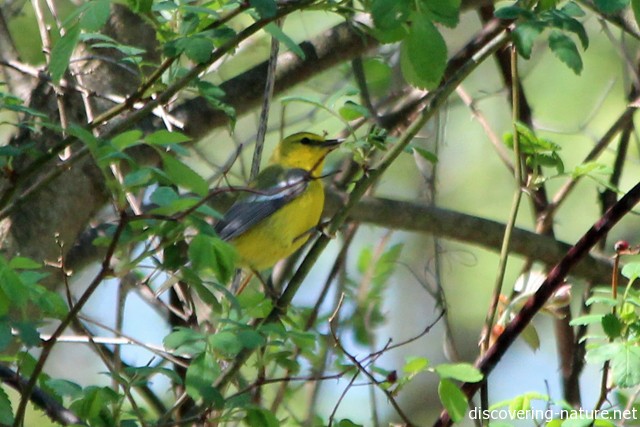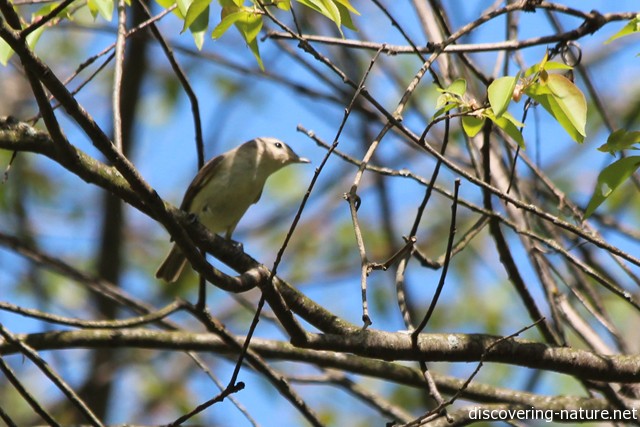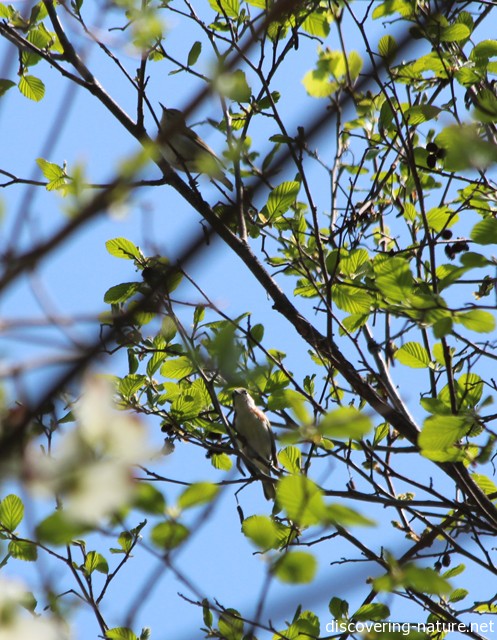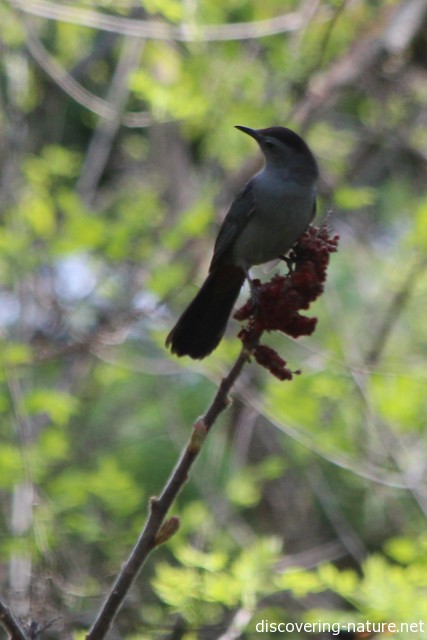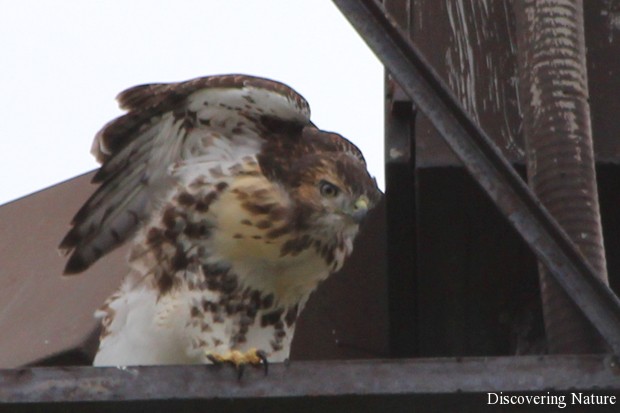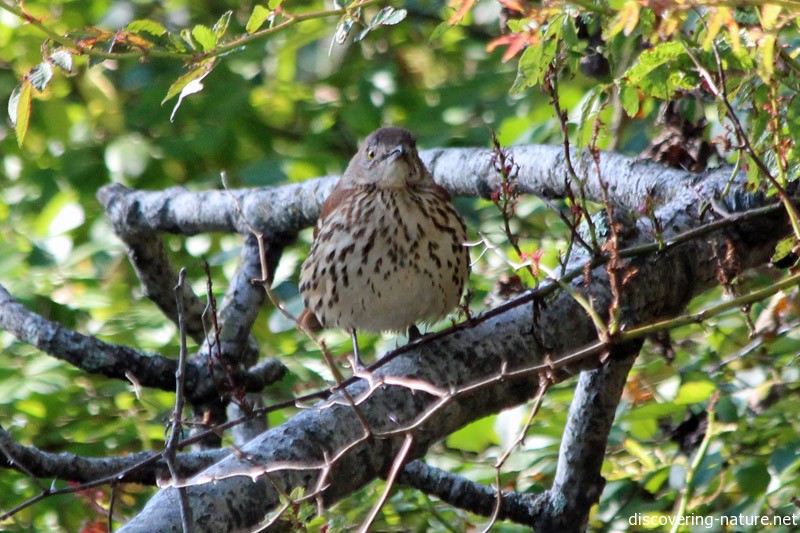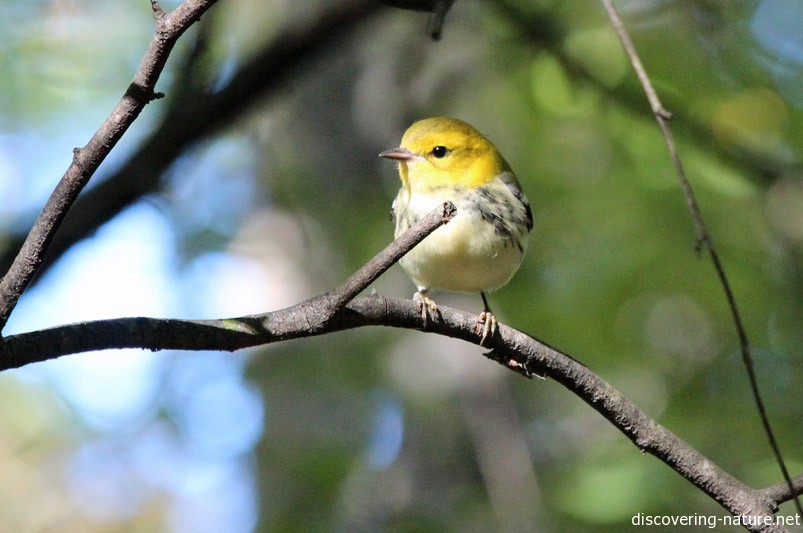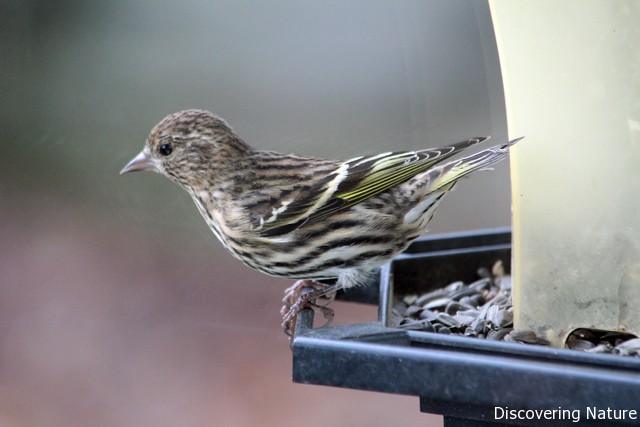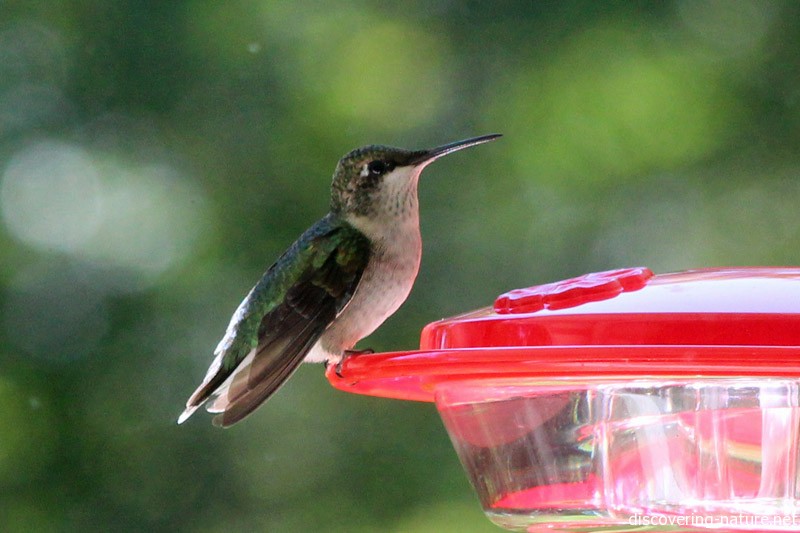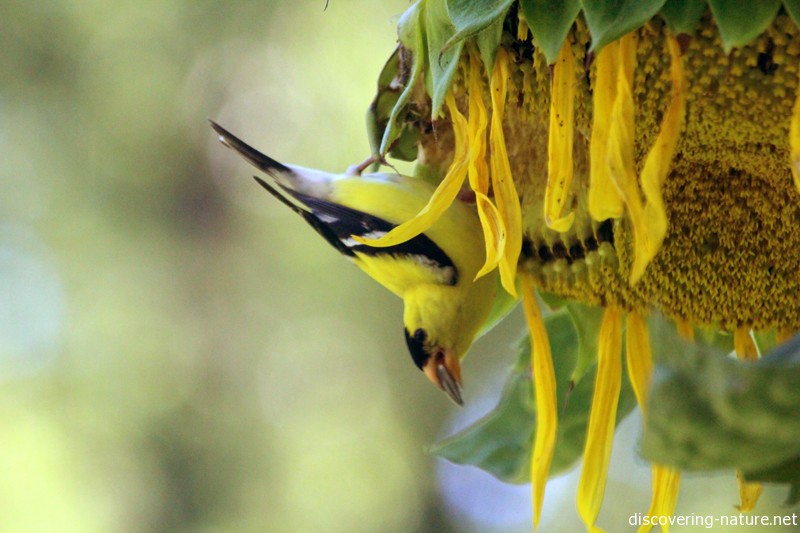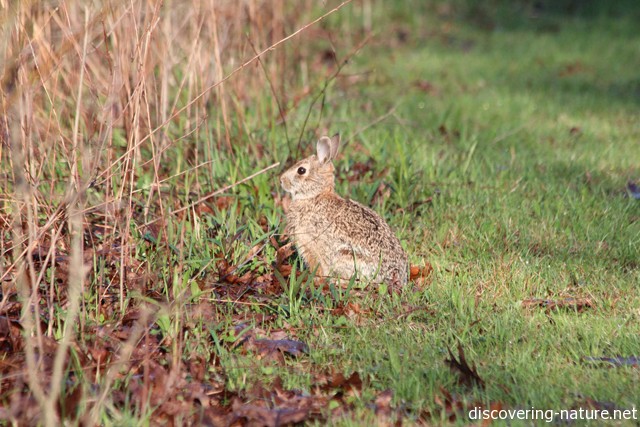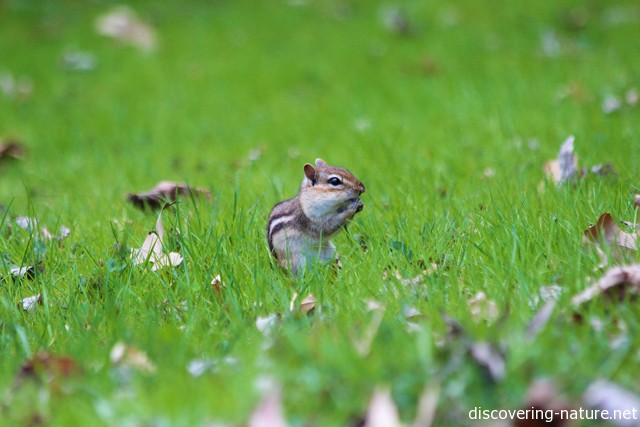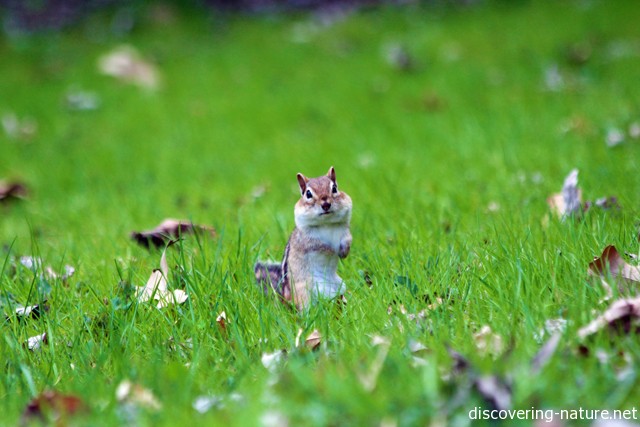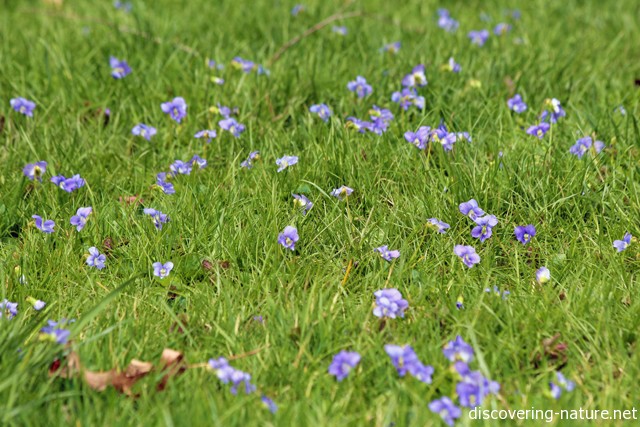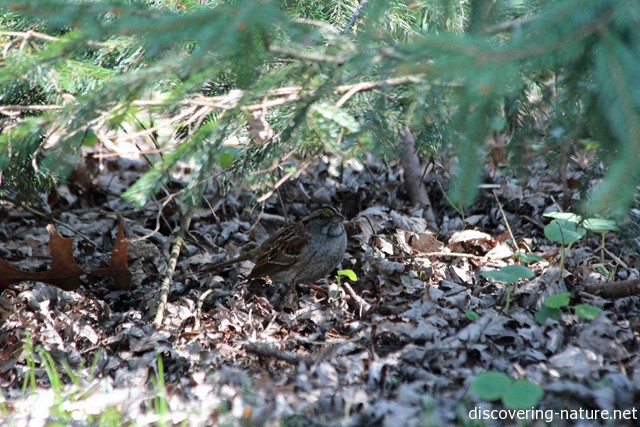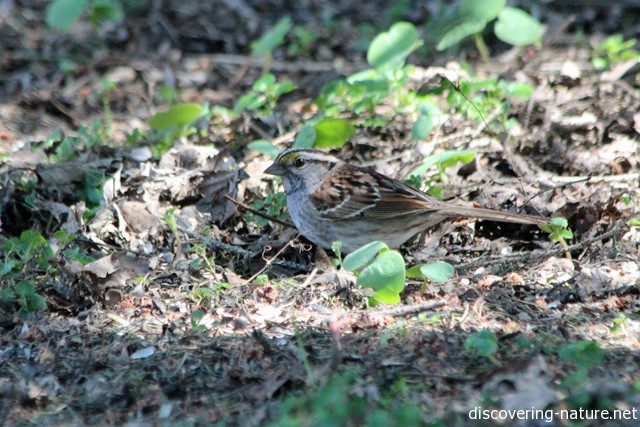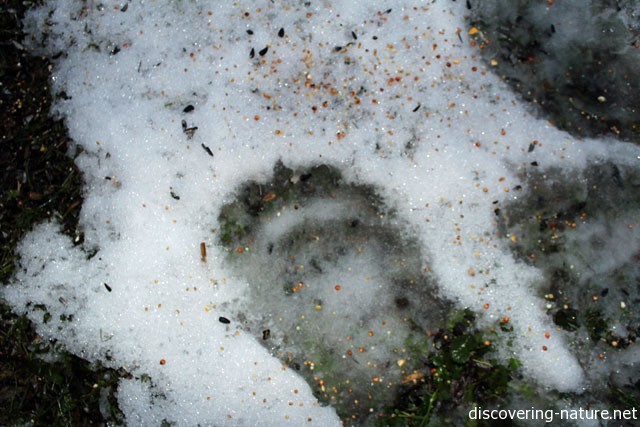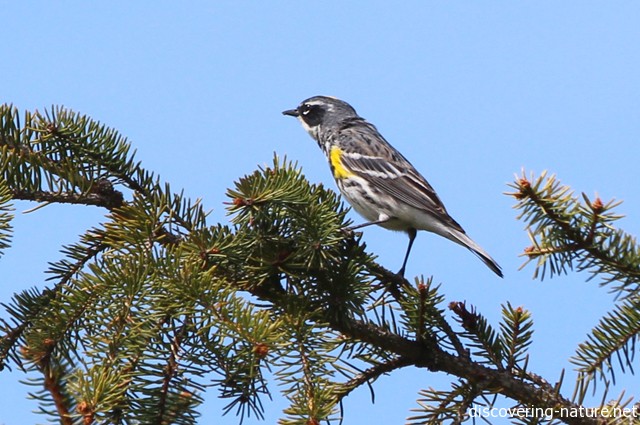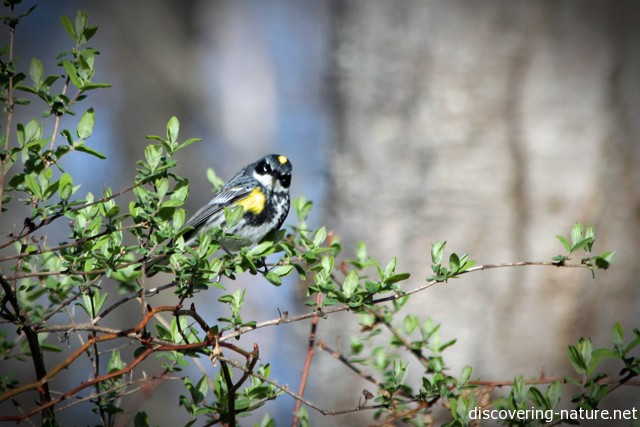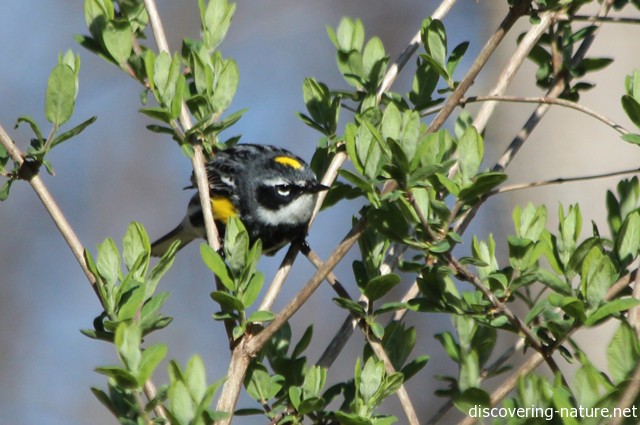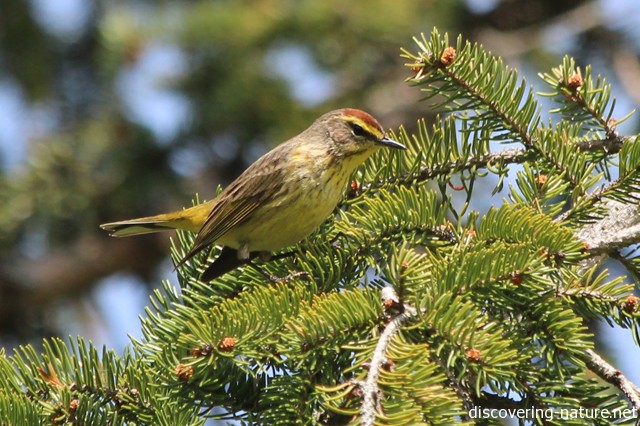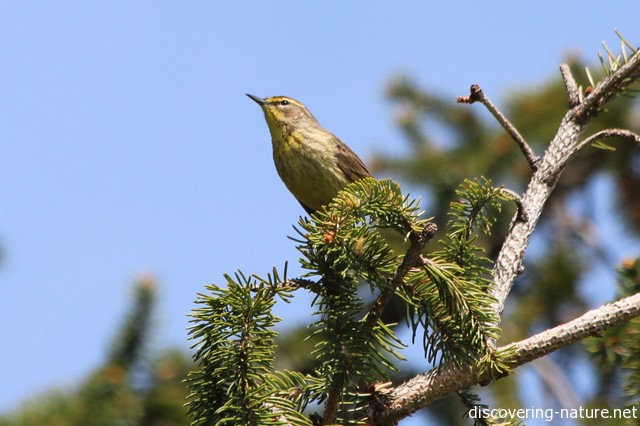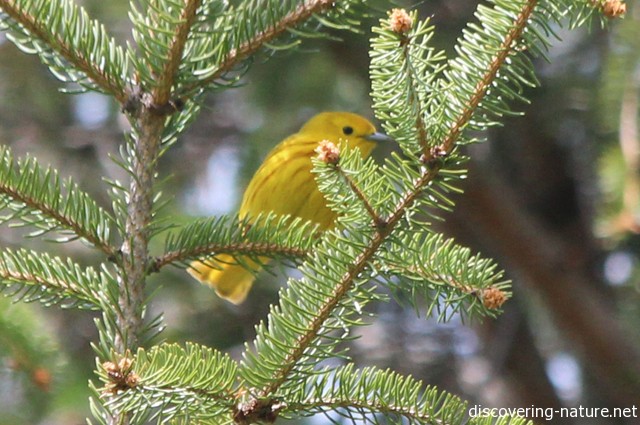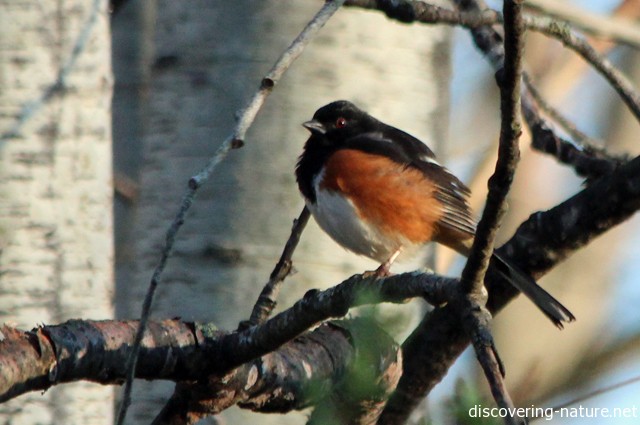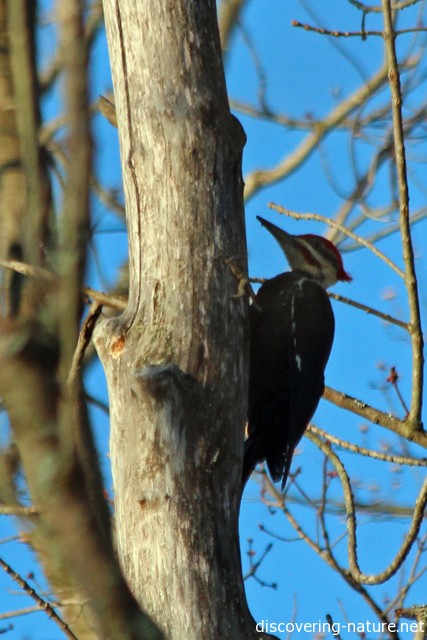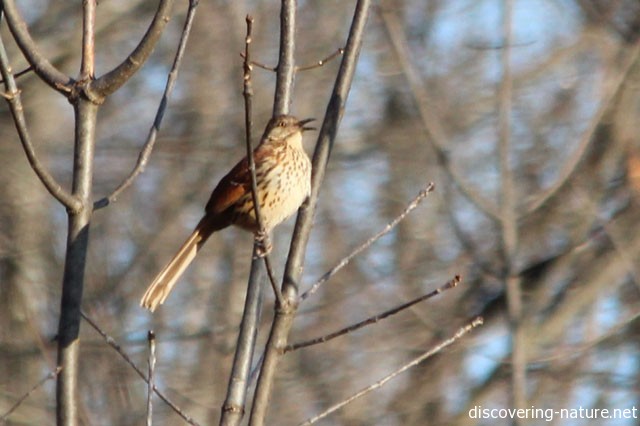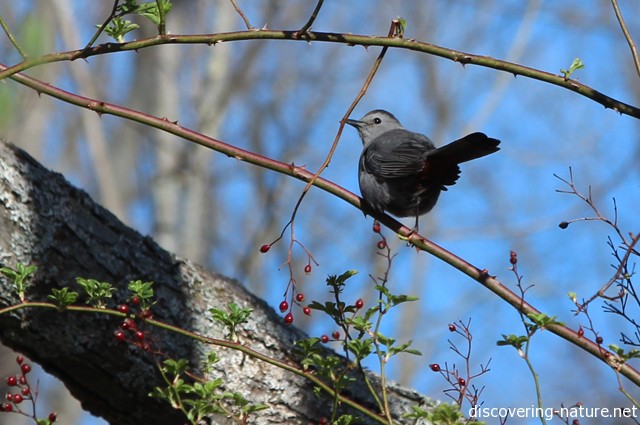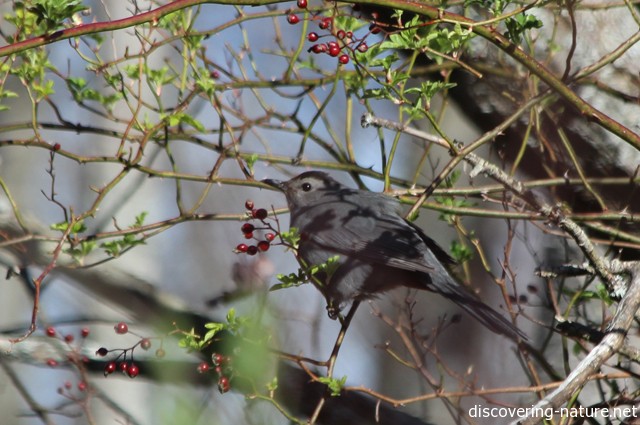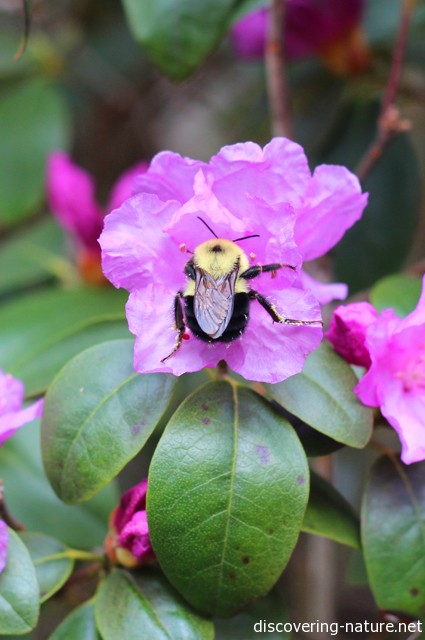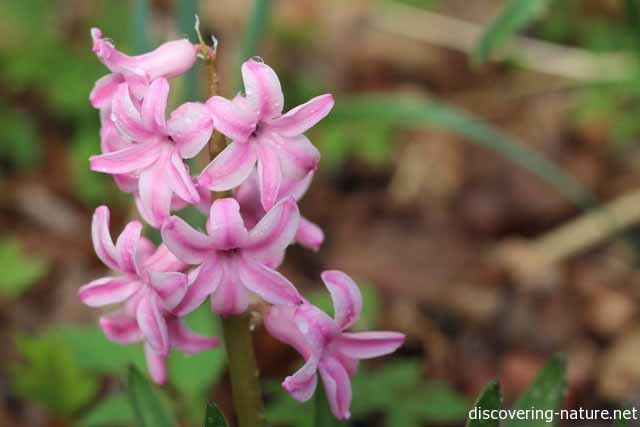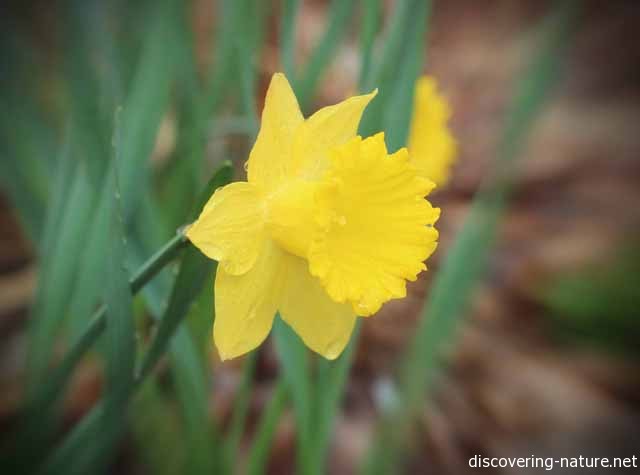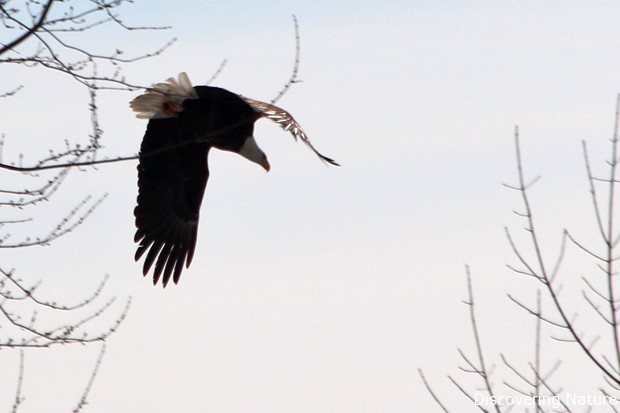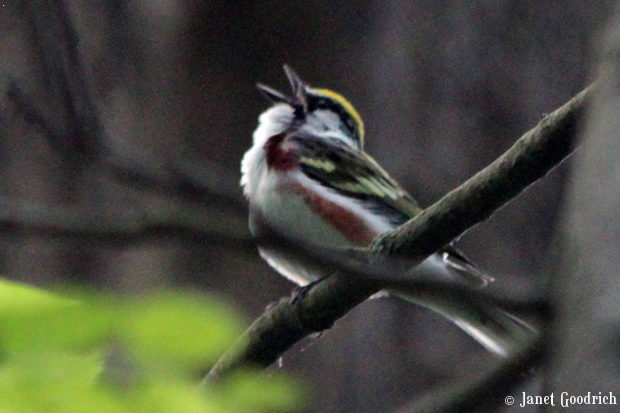-
Winter Wren
We went back to the Glen early this morning, this time taking the whole family. I knew when I took my husband along that we’d probably see something good. He carries the binoculars and always seems to find whatever we’re looking for.
Today was no exception. But it wasn’t the binoculars that brought the winter wren in close. It was his phone. When we heard our tiny brown friend along the creek bank, my husband brought All About Birds up on his phone and began playing the winter wren’s song. Sure enough, the real wren couldn’t resist the challenge.
He darted in close, looking for his rival and singing.
Normally I like to crop my photos, but not these. For one thing, in the dim light of the shady stream, my photos were grainy. For another, the surroundings help to highlight this bird’s size. He’s a tiny Pavarotti.
The ploy was so successful that another wren higher up in the woods also approached and entered the singing war. But having whipped up the avian passions to such a pitch, we decided to move on and let them go back to their normal routine.
What a treat to see him! You can read more about winter wrens here and here. Apparently if you live on the west coast, your winter wrens sound like the ones in Siberia, but the ones we have around here sound like the ones in England. Just one of the interesting tidbits I’m learning about these extraordinary talents in plain, brown packages.
-
Gorgeous Glen
Despite the many excellent reasons that exist to leave New York State, during the few months when the sun shines it’s hard to beat for its beauty and variety.
Today my younger daughter and I walked in one of our favorite places and saw all manner of wildflowers, heard many birds, and were chased by skippers and yellow swallowtails who managed to escape my efforts to photograph them every time.
Pulling into the parking area, we were greeted by several indigo buntings who proceeded to vanish into the trees, taunting us with their songs but refusing to show themselves. A redtail sailed over a field across the road, and as we started down the trail, another one sailed over the treetops above us as a young hawk called from the woods.
The flowers were friendlier. They couldn’t fly away, and we feasted on the color and diversity.
First came wild geranium.
I’m not sure, but after consulting our wildflower book, I think these are lance-leaved goldenrod.
Some of the trail was lined with phlox…
…and other segments with bird’s-eye speedwell.
I’m not sure what these are.
That’s just a sample. As we turned into deeper woods descending to the stream, I saw a new-to-me red flower — moccasin flower.
Other than that, it was a mixed-tree forest, some of the trees very large.
We crossed the creek near a small waterfall.
It was tempting to keep looking back as we walked down the streambed, because the waterfall seemed to grow.
…and grow.
But looking ahead gave us plenty of visual feasting as well, from mossy and enchanted banks…
…to picturesque trails…
…to rocks crawling with greenery of all kinds…
…to unwary chipmunks.
When we reached our destination — a stone bridge left over from some long-ago inhabitant — the water level was low enough to allow us into the stream. We’d never been there before — only on the bridge, looking down at the tumbling falls.
There was a winter wren singing almost directly overhead, but I never did get my eye on him. I’ve only ever seen winter wrens in pictures. It would be neat to see one, even though they are fairly ordinary looking little brown birds. Their real charm is their intricate, silvery song, and we got to hear it the whole time we lingered there.
On the way out, we saw still more flowers… forget-me-nots in blue and pink,
honeysuckle and Japanese honeysuckle,
and seed galls of some kind. We weren’t sure what this was, but we christened it the green-eyed monster gall.
I’m not sure what these tiny white flowers are either. I couldn’t find them in our guide.
It’s not a bad thing to be reminded that there are all kinds of things underfoot and overhead that I rarely notice and can’t identify… There is an excess of beauty in the world. Who would ever know it simply by reading the headlines?
All in all it was a pretty great way to spend a Saturday morning!
-
On warblers
At a distance these little birds usually look drab, and the species are hardly distinguishable, but the binoculars show them to be beautifully colored and marked, and wonderfully various in their kinds. There is always something deeply enticing and pleasing to me in the sight of them. Perhaps because I was only dimly aware of them for so long, I always see them at first with a certain unexpectedness, and with the sense of gratitude that one feels for any goodness unearned and almost missed. In their secretive worlds of treetop and undergrowth, they seem among the most remote of the wild creatures. They see little of us, and we see even less of them. I think of them as being aloof somehow from common life. Certain of the most beautiful of them, I am sure, have lived and died for generations in some of our woods without being recognized by a human being. (Wendell Berry, “The Long-Legged House”)
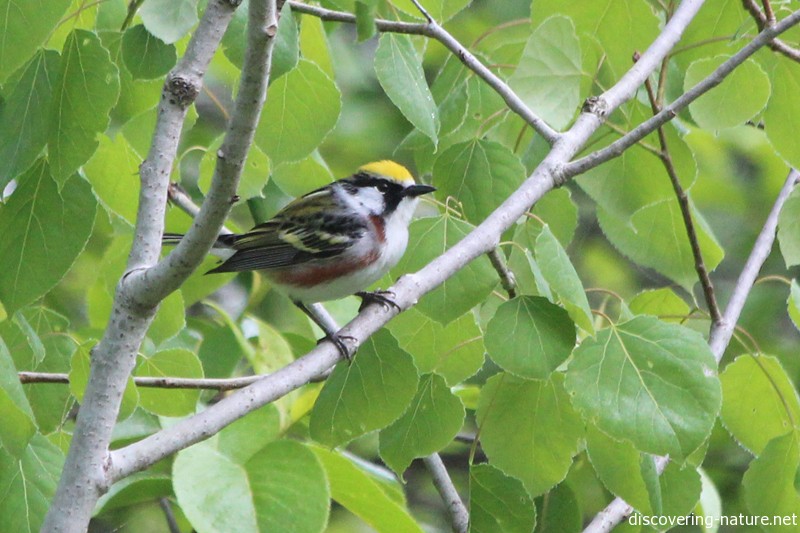
Chestnut-sided warbler -
Rose-breasted grosbeak
I love this guy.
Even though I rarely get a focused picture except when he’s right next to the window, munching seeds and warbling.
It’s my goal this summer: to get a really good picture of Mr. Grosbeak unawares. We have at least two pairs of them in our yard. Hopefully that doubles my chances!
One like this, but in better focus, would make me happy.
-
Northeastern jungle
It was like the greenwood of a fairy tale in the marsh we visited yesterday. Everything was bursting out and greening up and singing and chittering and croaking.
We were greeted by a yellow warbler at the entrance to the trail.
He stood out pretty well, perched at the highest vantage point he could find.
But when he turned his back, he looked just like one of the leaves.
The May apples always bloom in this spot first, and they were everywhere. We found them when we spooked a rabbit and I bent over to look beneath the canopy of leaves for a nest.
No nest, but… blooming May apples!
You have to bend the stem back a little to make the drooping flower face front for a picture. It always reminds me of a hold-up: “Don’t shoot!”
There were ferns rolling out their fiddleheads everywhere.
Not everything was colorful, though. My daughter spotted (somehow!) this leaflike butterfly.
Tiny plants are emerging on the forest floor. (I got some better, more diverse photos last year around this time.) These are some of my favorites, though I never noticed them till last year.
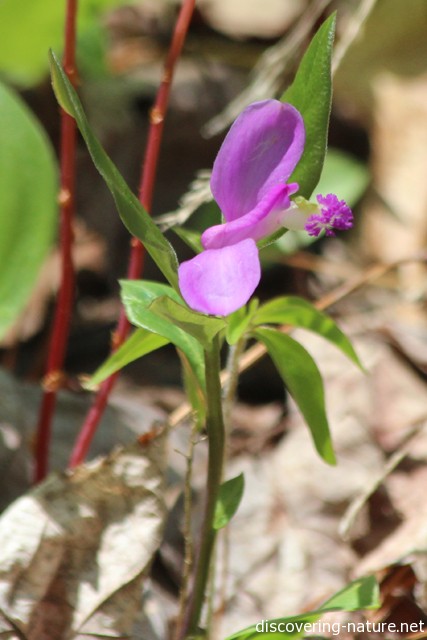
“Gaywing” The whole place has a primeval feeling about it.
Though it’s surrounded by noisy highway, I heard lots of birds — warblers I never got my eye on. But one of the reasons I like the place is that in spring there are so many blooming trees and plants.
Even though it was in the 60’s, there was no way we could forget that the green carpet is rolled out to stay.
-
Mossy Falls
-
Tantalizing redstarts
They were darting around in the treetops — flashes of orange and black, fluttering and falling, males clashing over the territory near the river. As much noise as they make with their insistent calls, as colorfully as they flash among the leaves, they never really sit still for pictures. I did get a few fleeting digital glimpses…
The females were more sociable and came close several times. But still, I wasn’t quick enough to capture much.
There were other birds around too… a chestnut-sided warbler…
…a blue-wing, I think:
A warbling vireo:
Some mystery birds:
And the ever-present catbird.
Besides that there were red-eyed vireos singing, and an oriole. But I was preoccupied with trying to see the redstarts.
-
More spring bird sightings
They’re everywhere in the woods, and this is the season not only to hear them, but to see them. And to see them seeing you back.
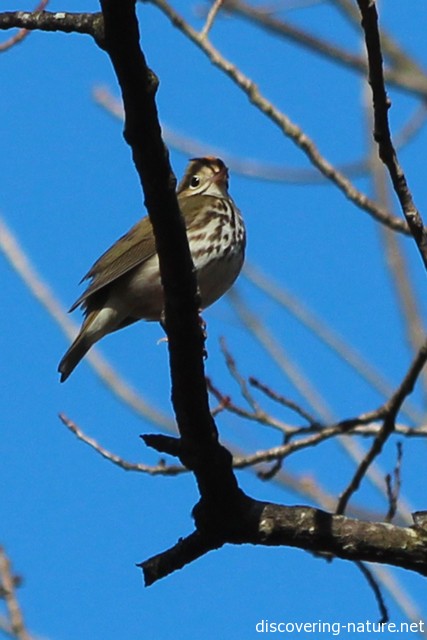
Ovenbird 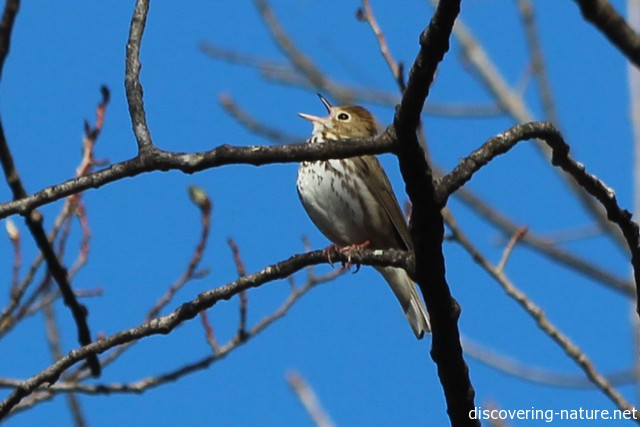
Ovenbird This fellow seemed to want his picture taken…
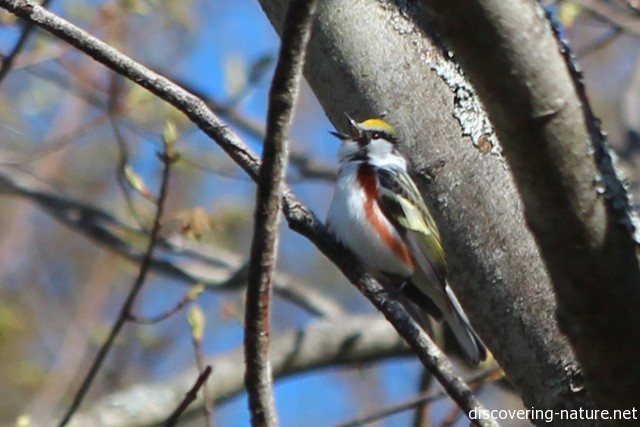
Chestnut-sided warbler 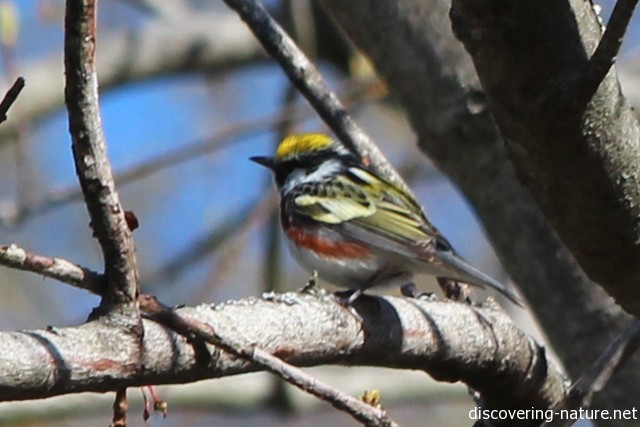
Chestnut-sided 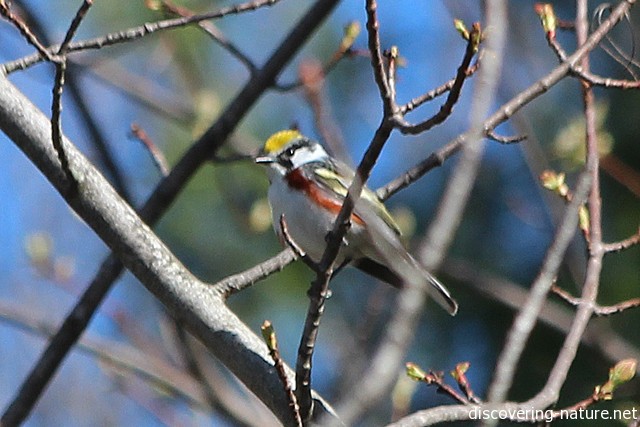
Chestnut-sided 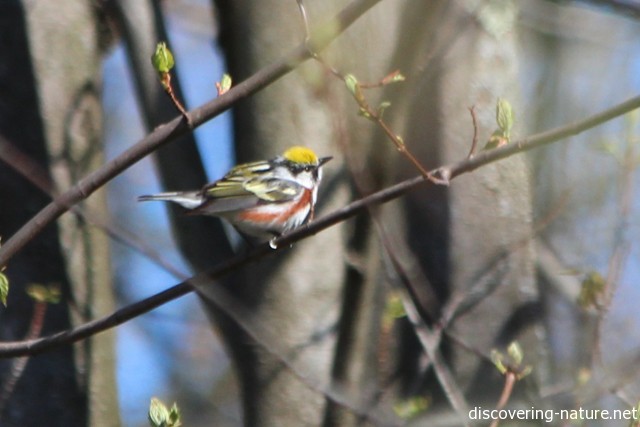
Chestnut-sided This warbler buzzes rather than sings.
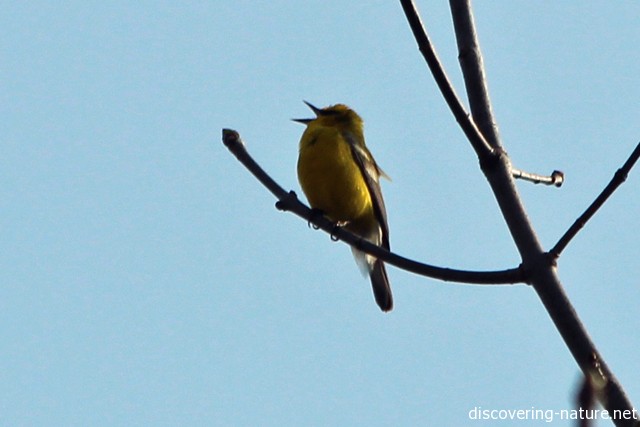
Blue-winged warbler These were a treat to see…
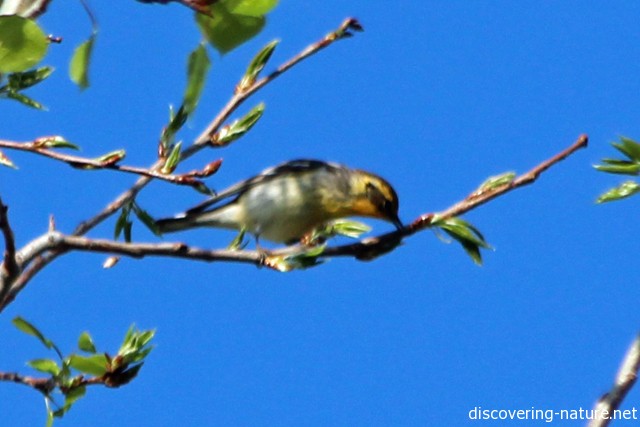
Male blackburnian warbler 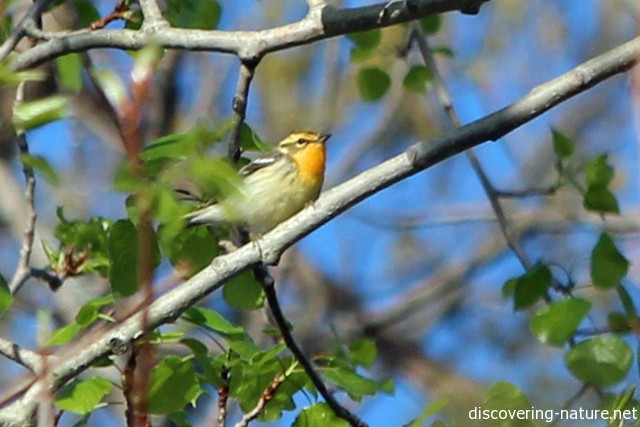
Female blackburnian warbler 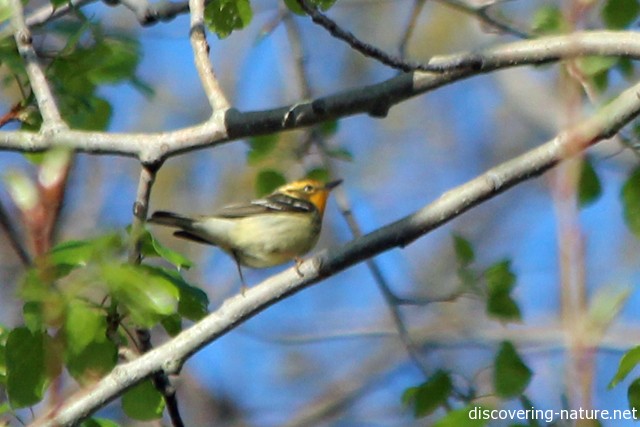
Female blackburnian This guy is a real tattletale — can’t stop chattering when he sees people nearby.
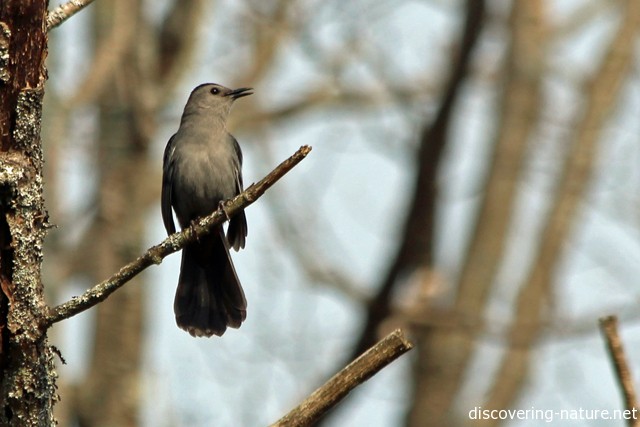
Catbird These next pics are grainy because they’re taken through a window across our yard, but they capture a novel phenomenon. We’ve had several male orioles in different stages of maturity hanging around, eating suet. My only theory is that it’s due to the colder-than-usual spring.
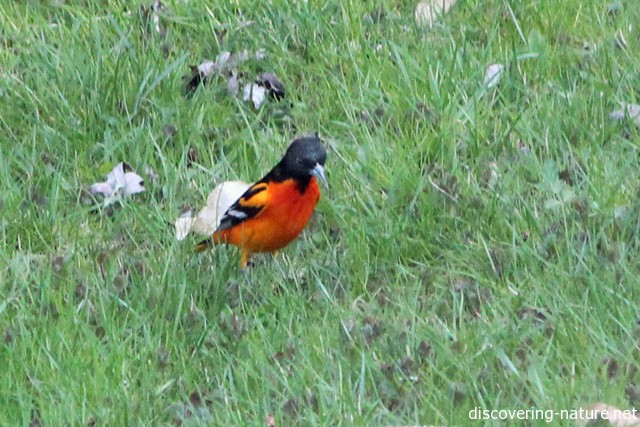
Oriole 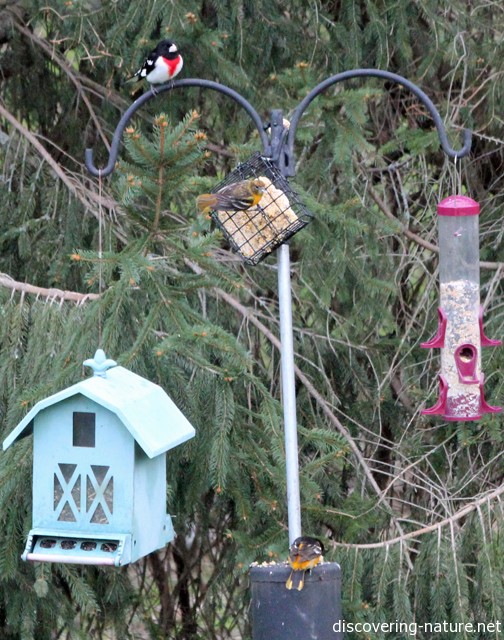
Feeder phenomenon 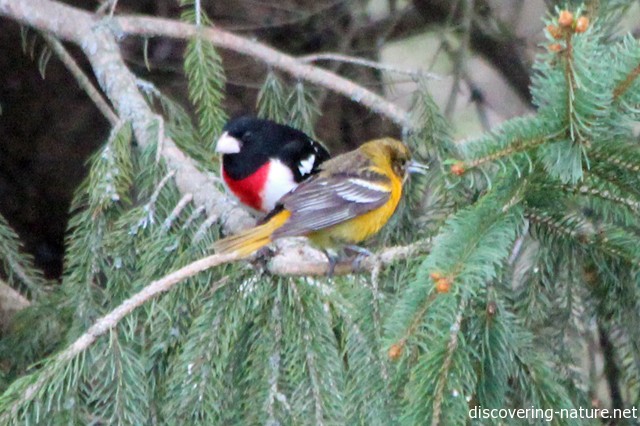
Grosbeak and young oriole -
Things in the grass
-
Looking for spring
Spring is really dragging its feet around here. It’s been so cold that there are still bare branches everywhere. But here and there are signs that this too shall pass, and warmth and color are poised to return. Over the past few days I’ve seen the first of the warblers coming through on their way back to the north country, and it cheers my heart.
Yellow-rumped warblers are always among the first wave.
They’re usually accompanied by palm warblers.
I’ve seen a few yellow warblers, too.
Other birds are returning as well. The Eastern towhee has been out and calling for a mate.
A couple of flickers were drumming and calling back and forth in the woods nearby on a recent walk.
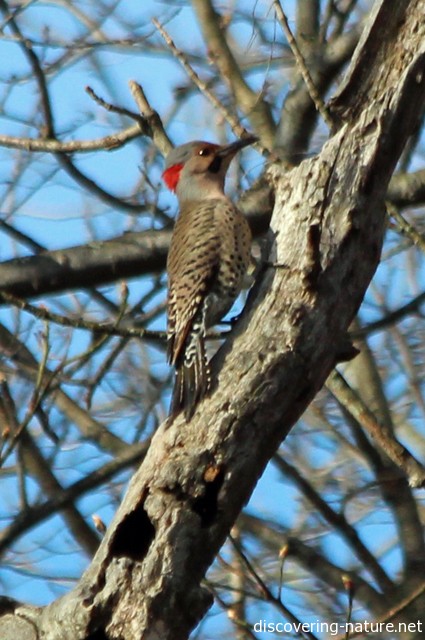
Male flicker 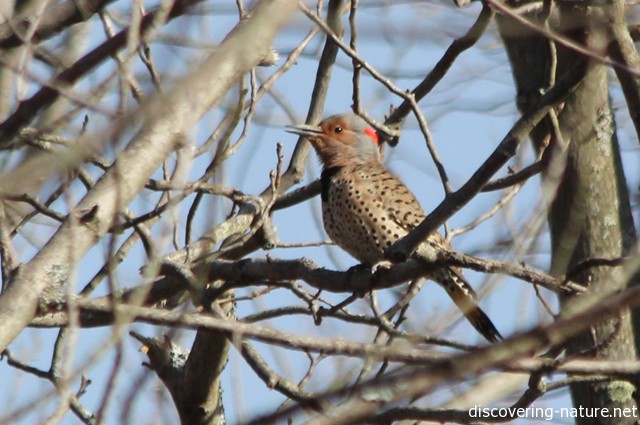
Female flicker A pileated woodpecker was calling for a mate, too.
I’ve heard a couple of brown thrashers making themselves known. They’re favorites of mine, such endless chatterboxes!
The catbirds are back too, but they aren’t making a lot of noise yet. These two hopped silently up from the bushes to where they could examine me.
Those are just a few recent sightings. Of course, there are encouraging signs in the world of flora, too.
Though it’s taking far too long to warm up, I think it’s safe to assume that spring is here.
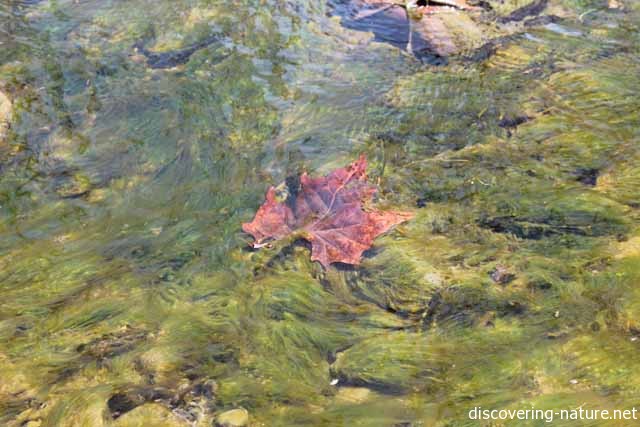
So long, fall and winter… 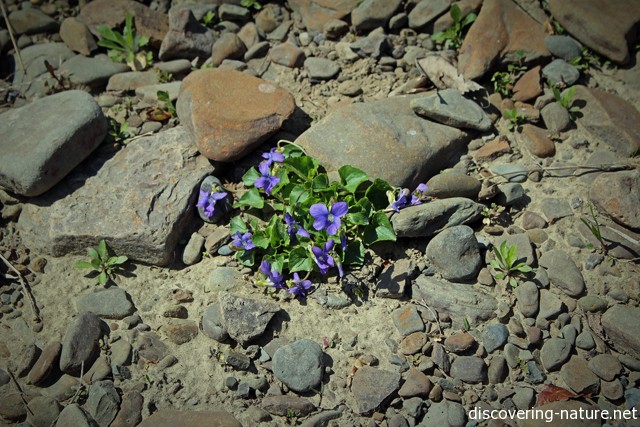
Spring battles through and wins the day!
